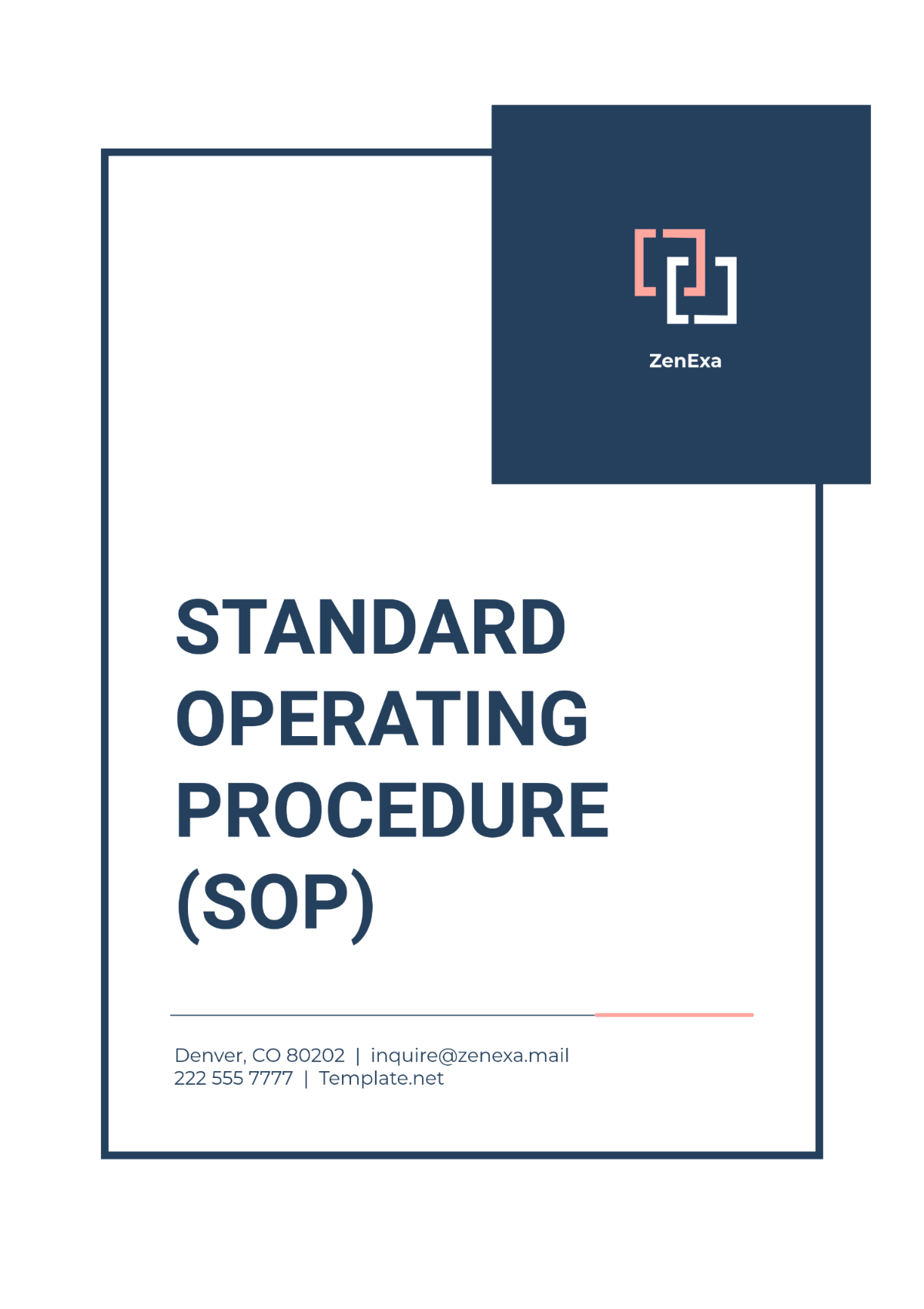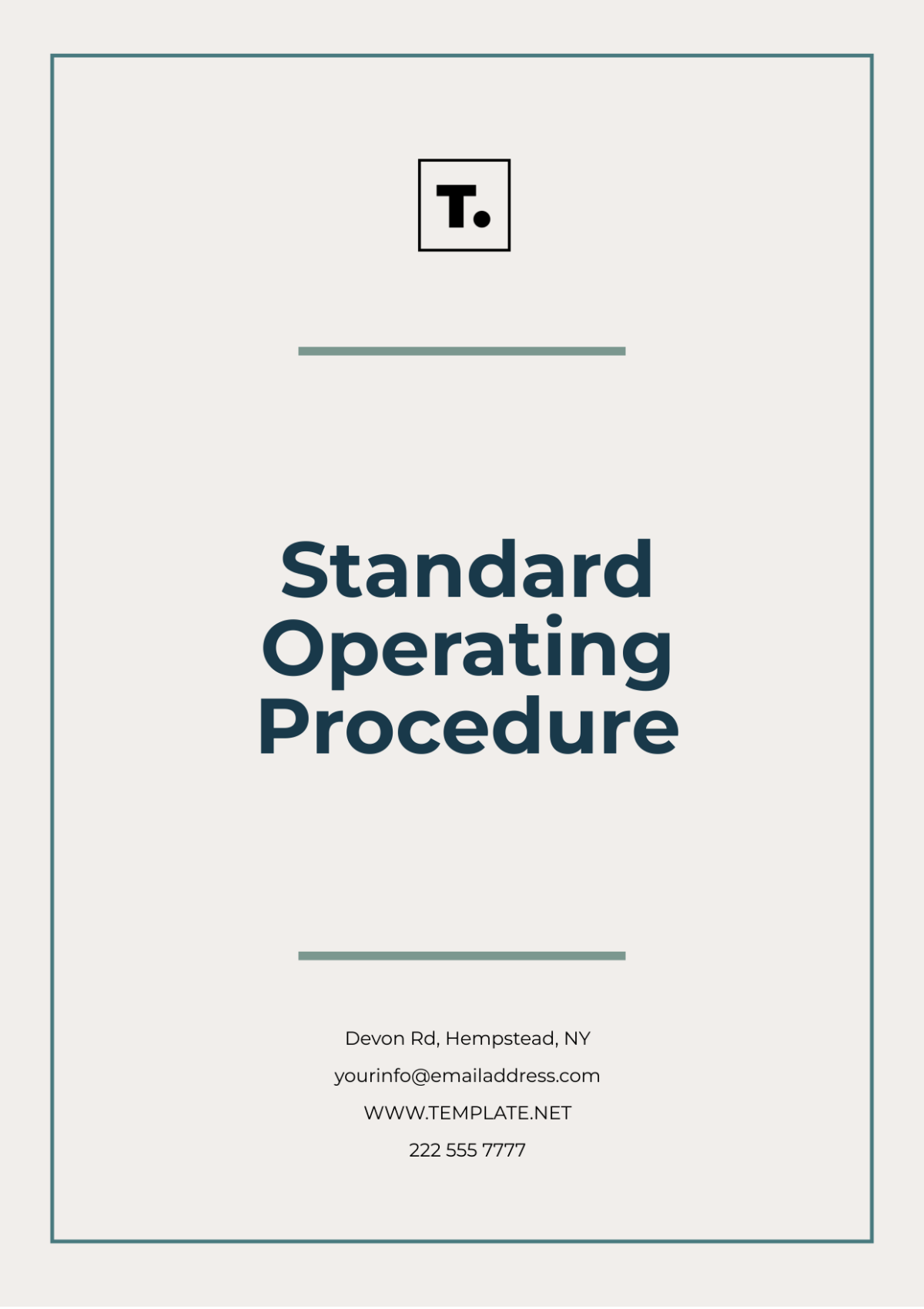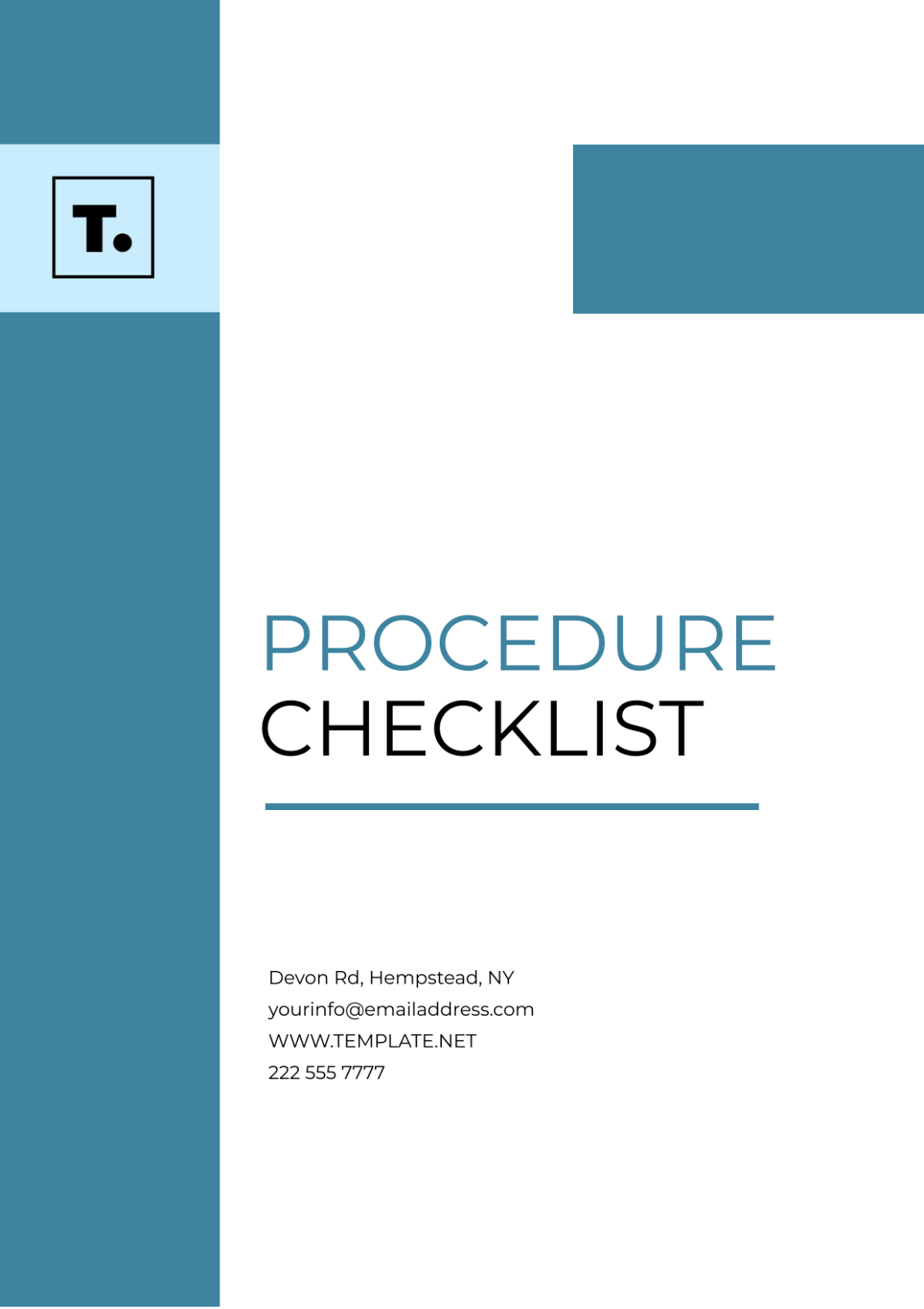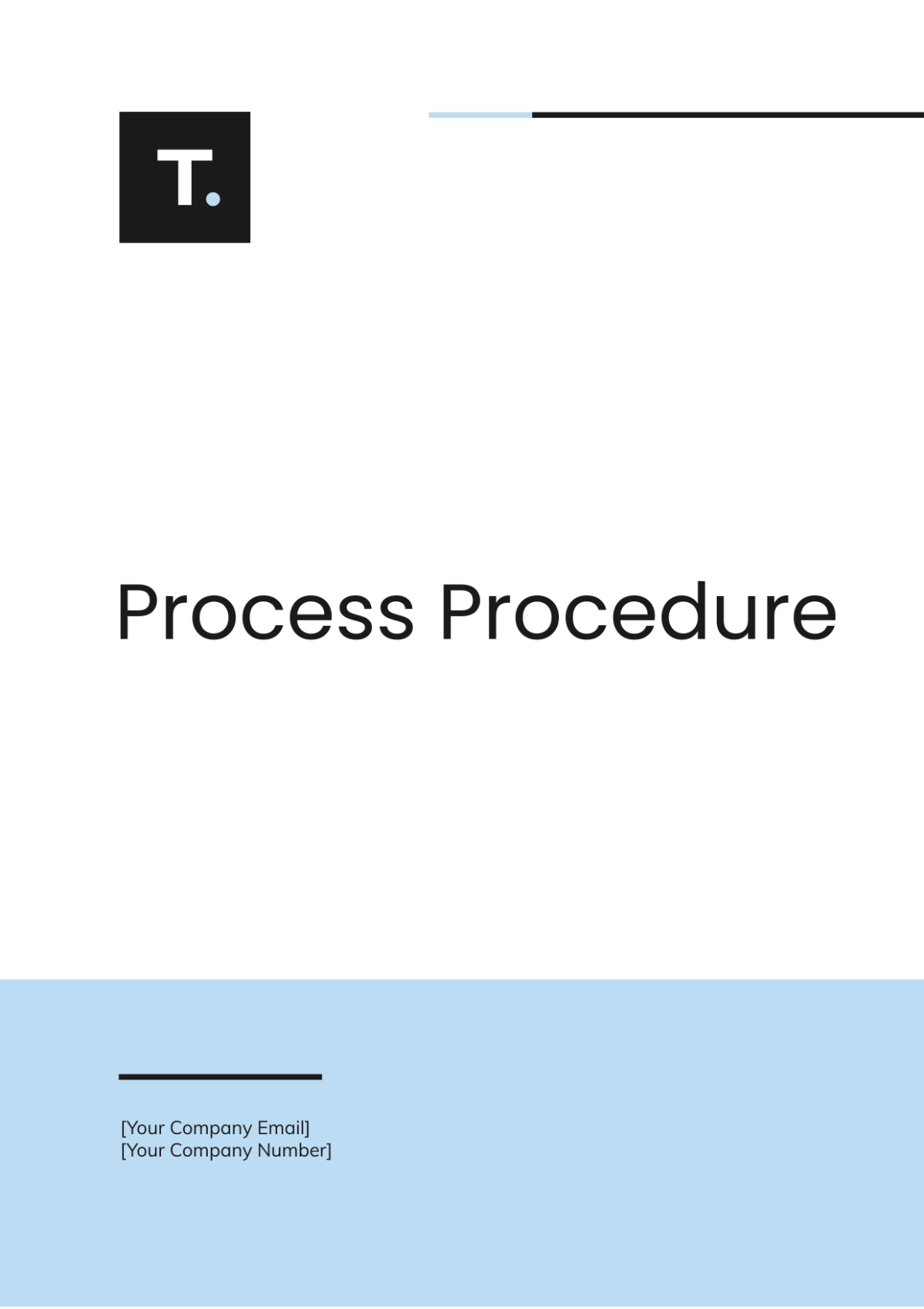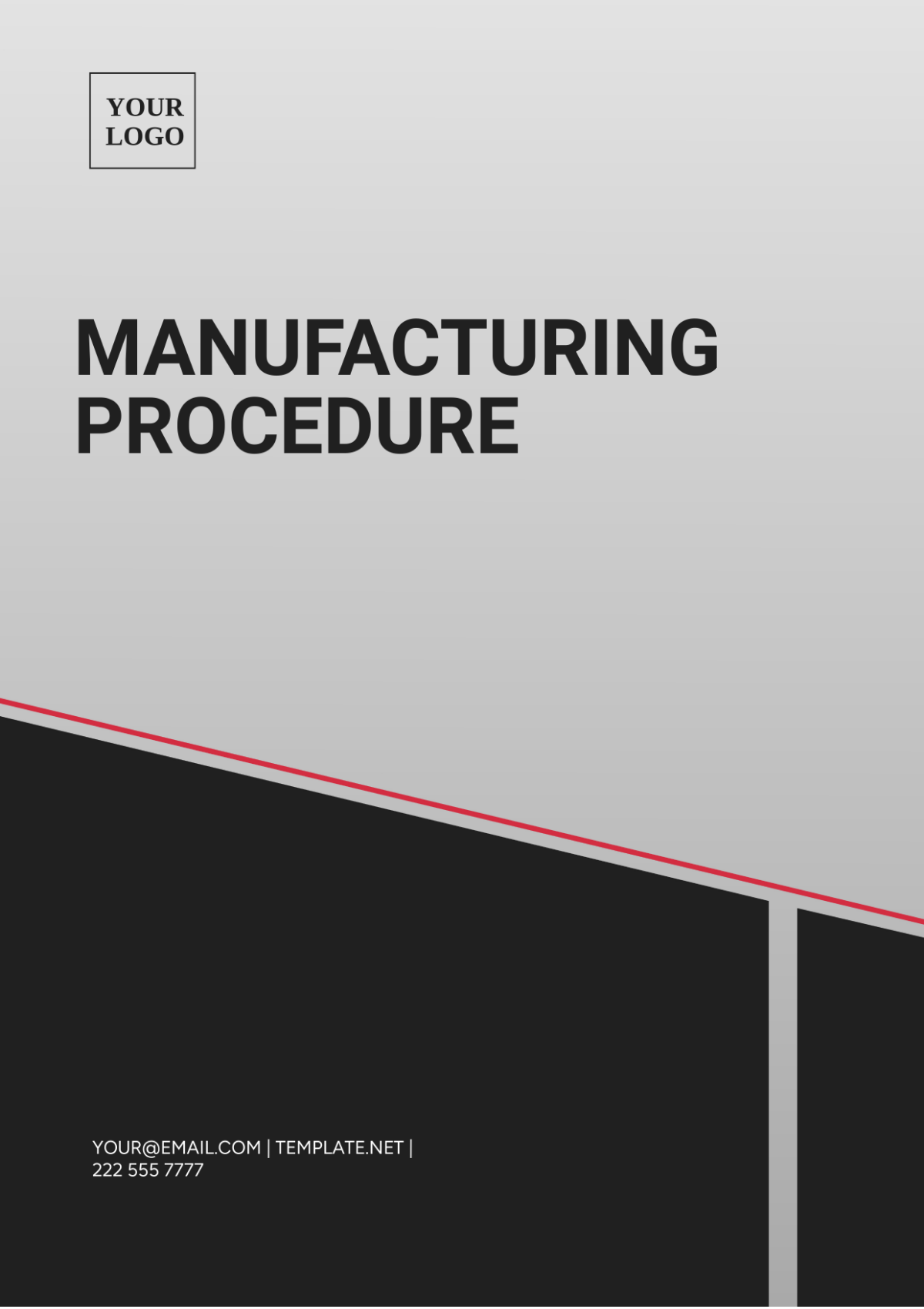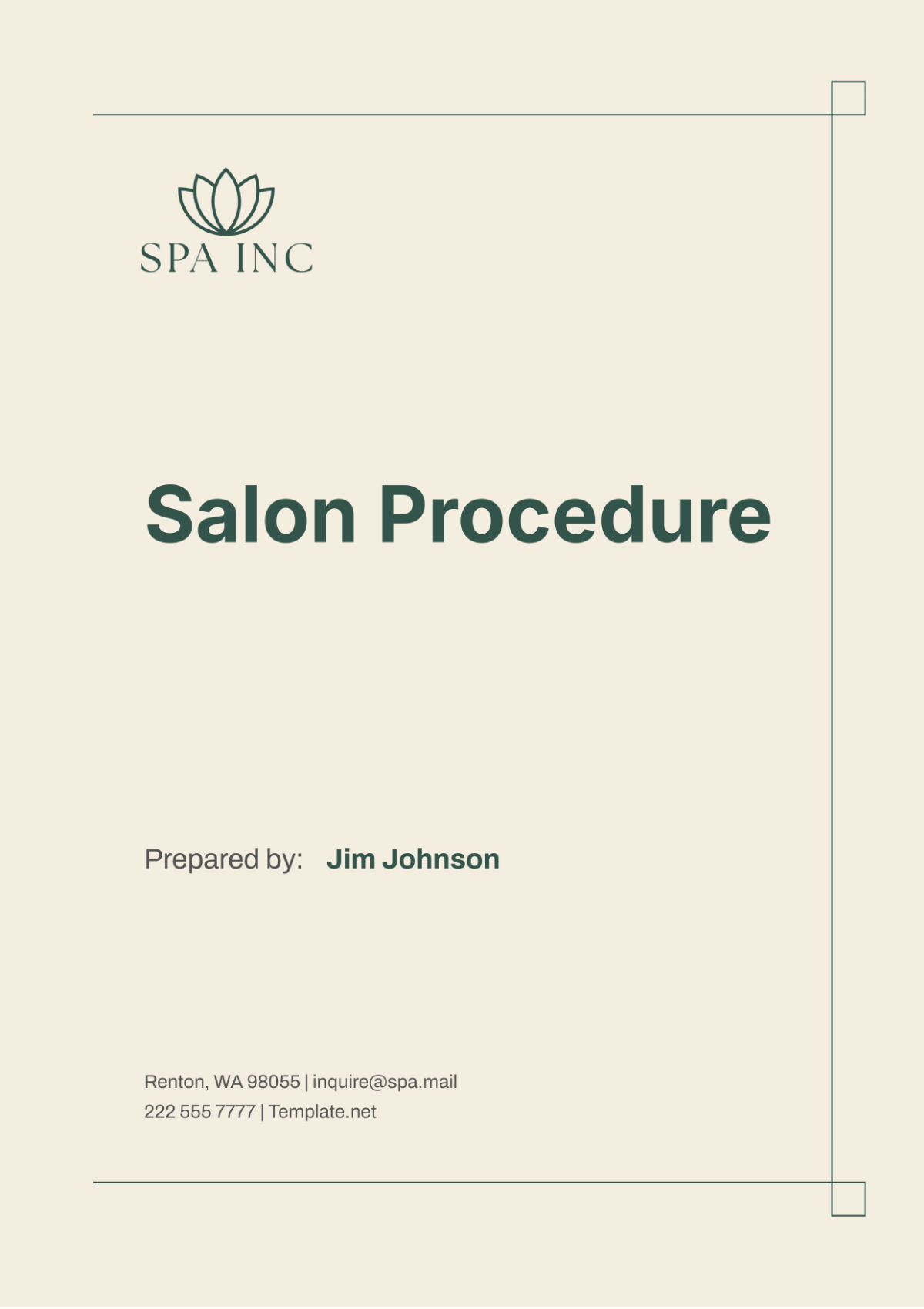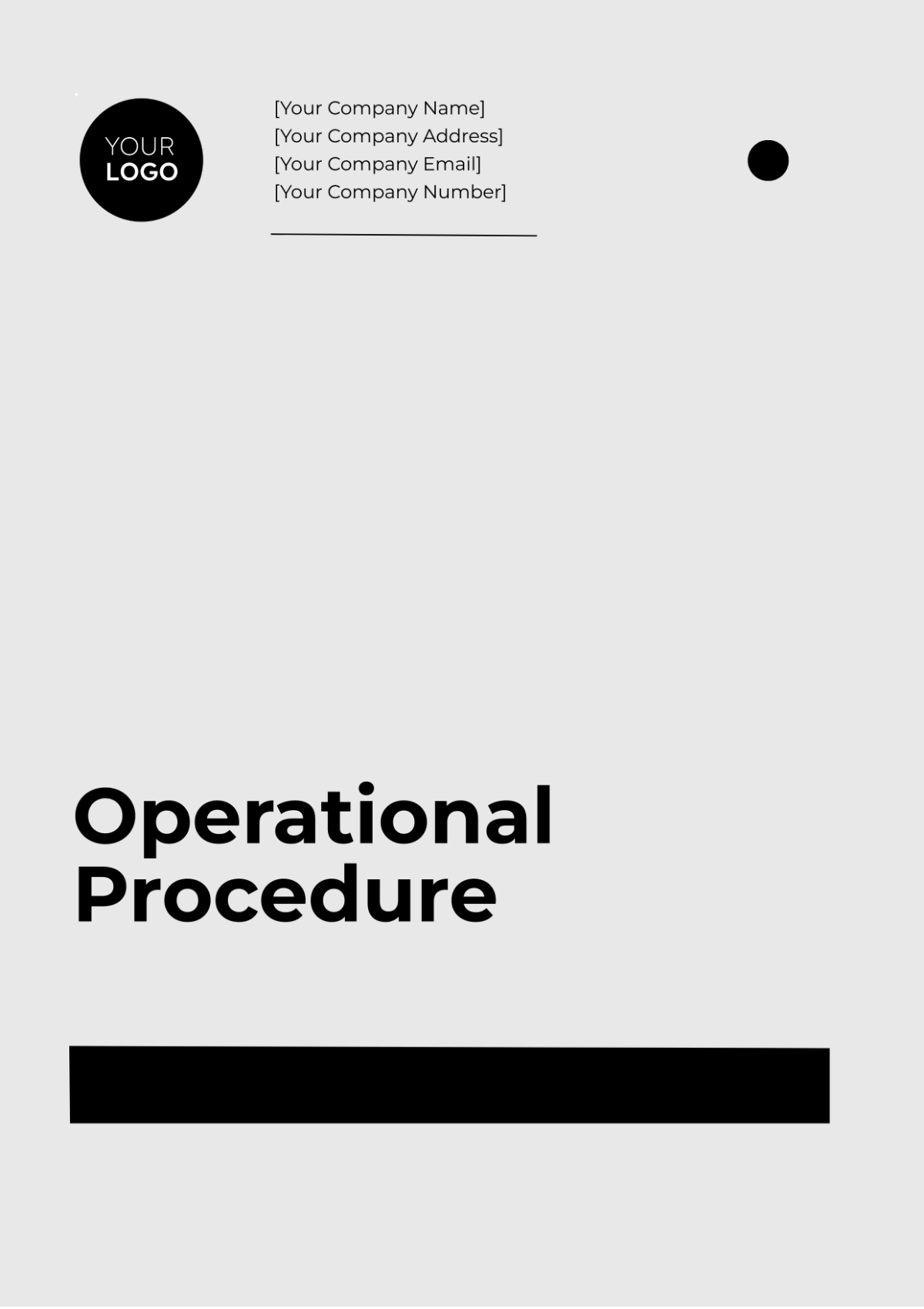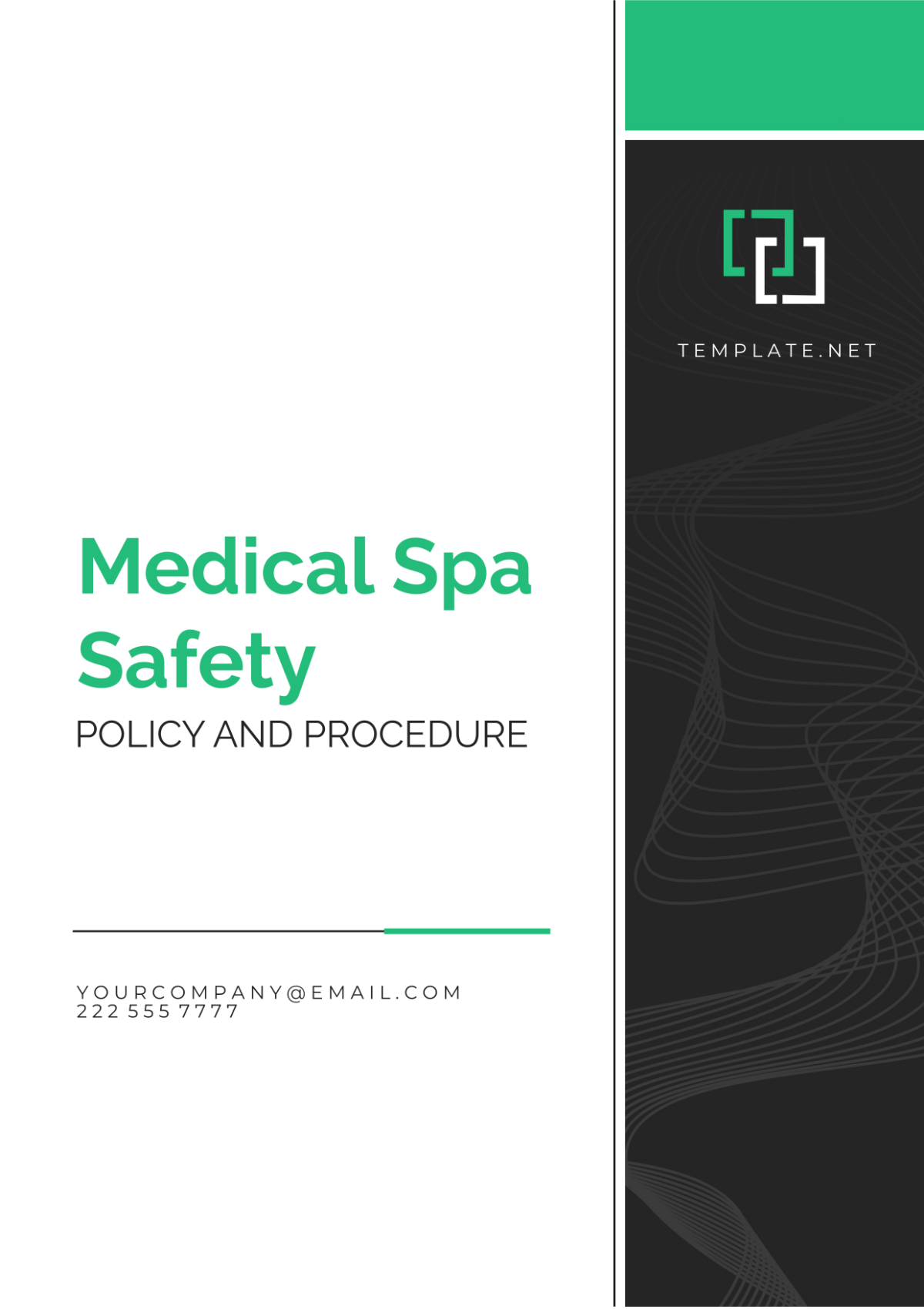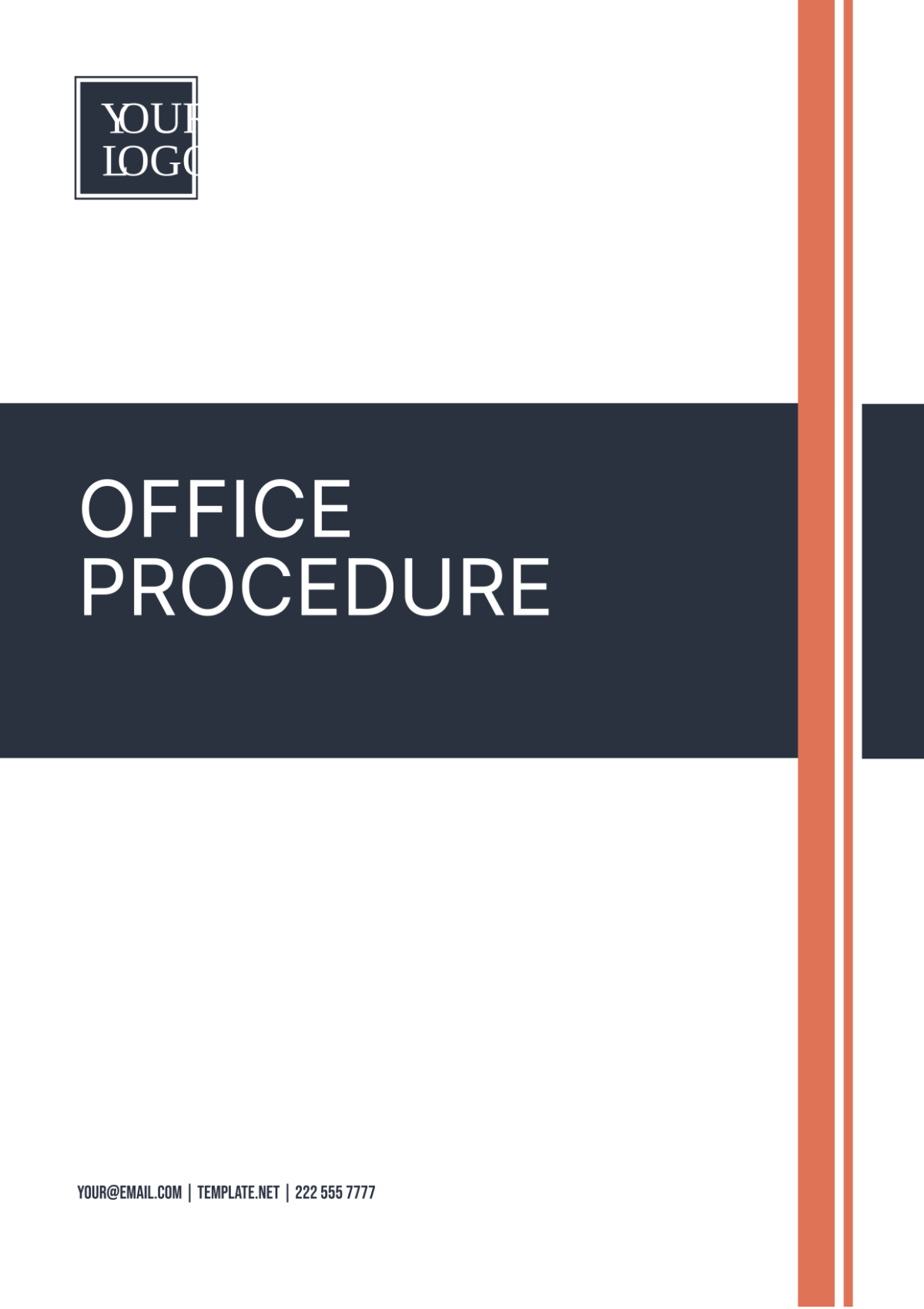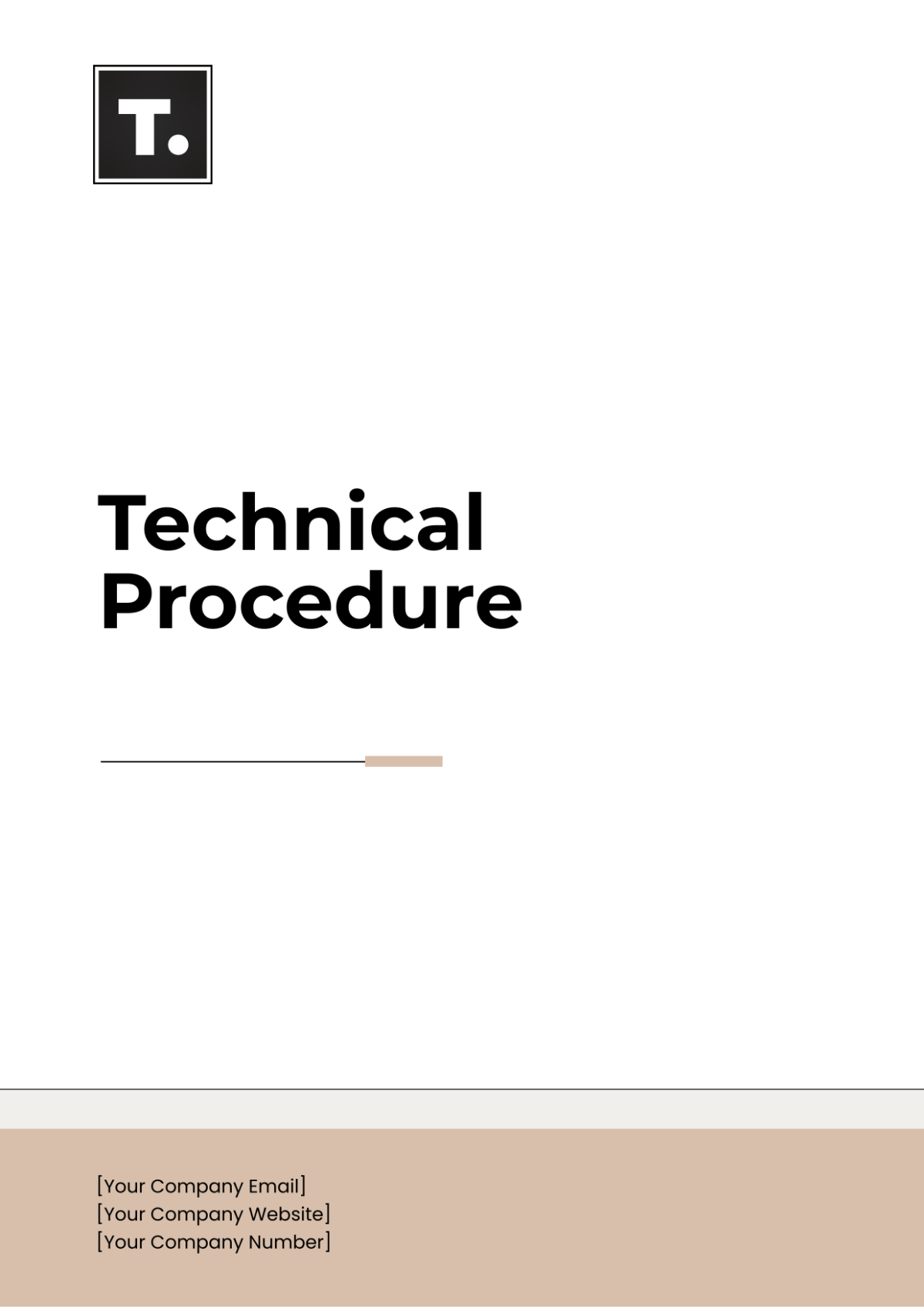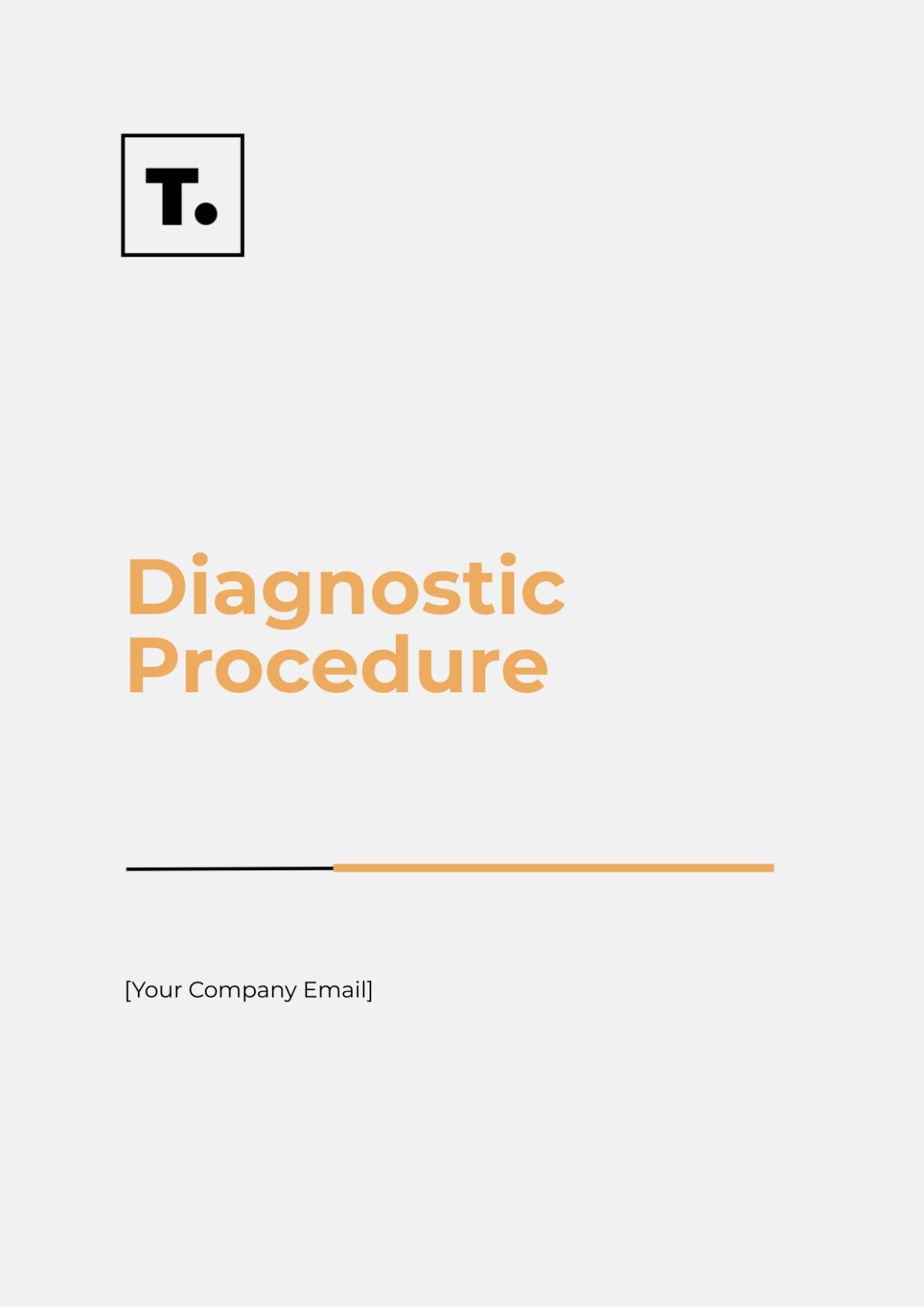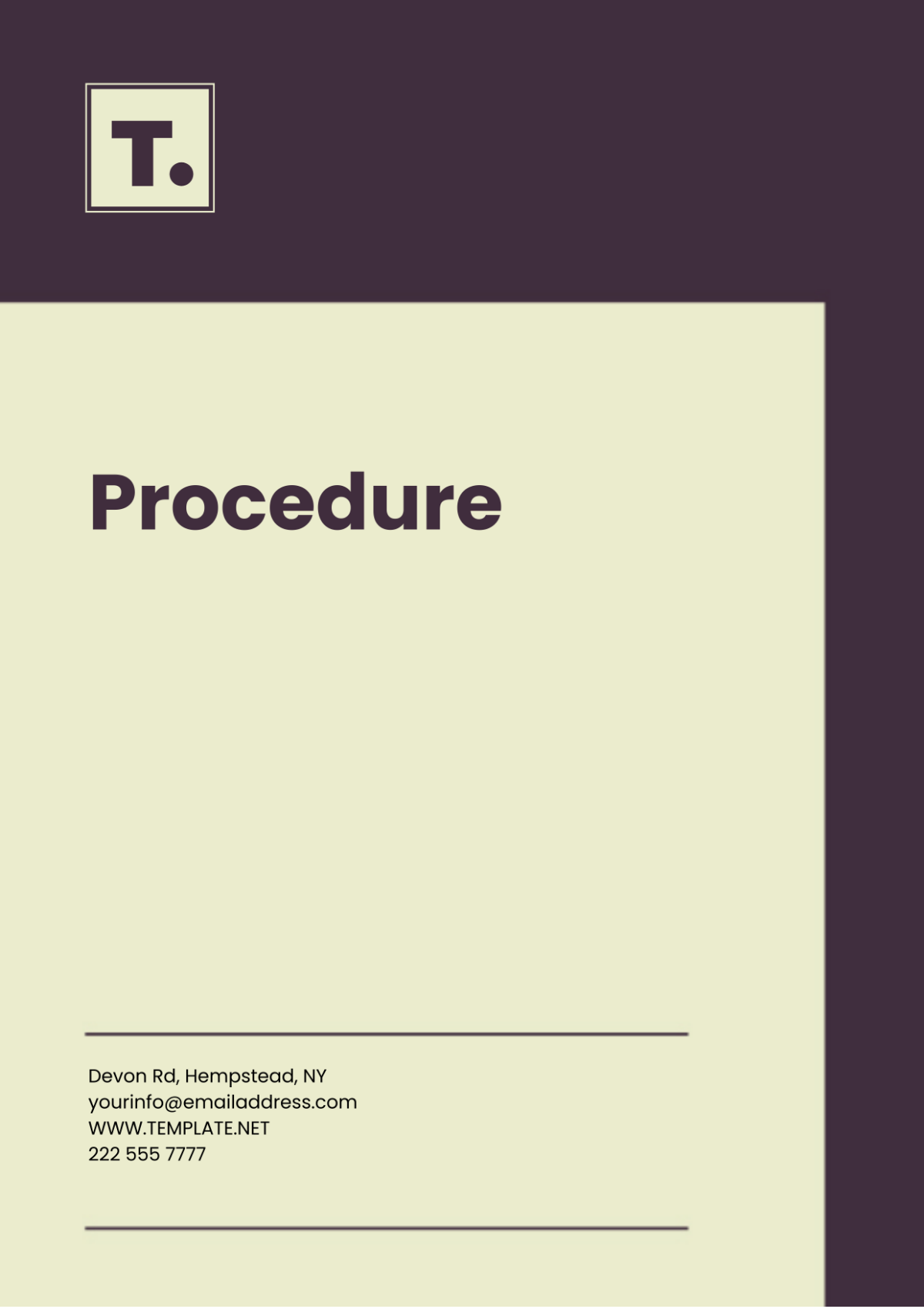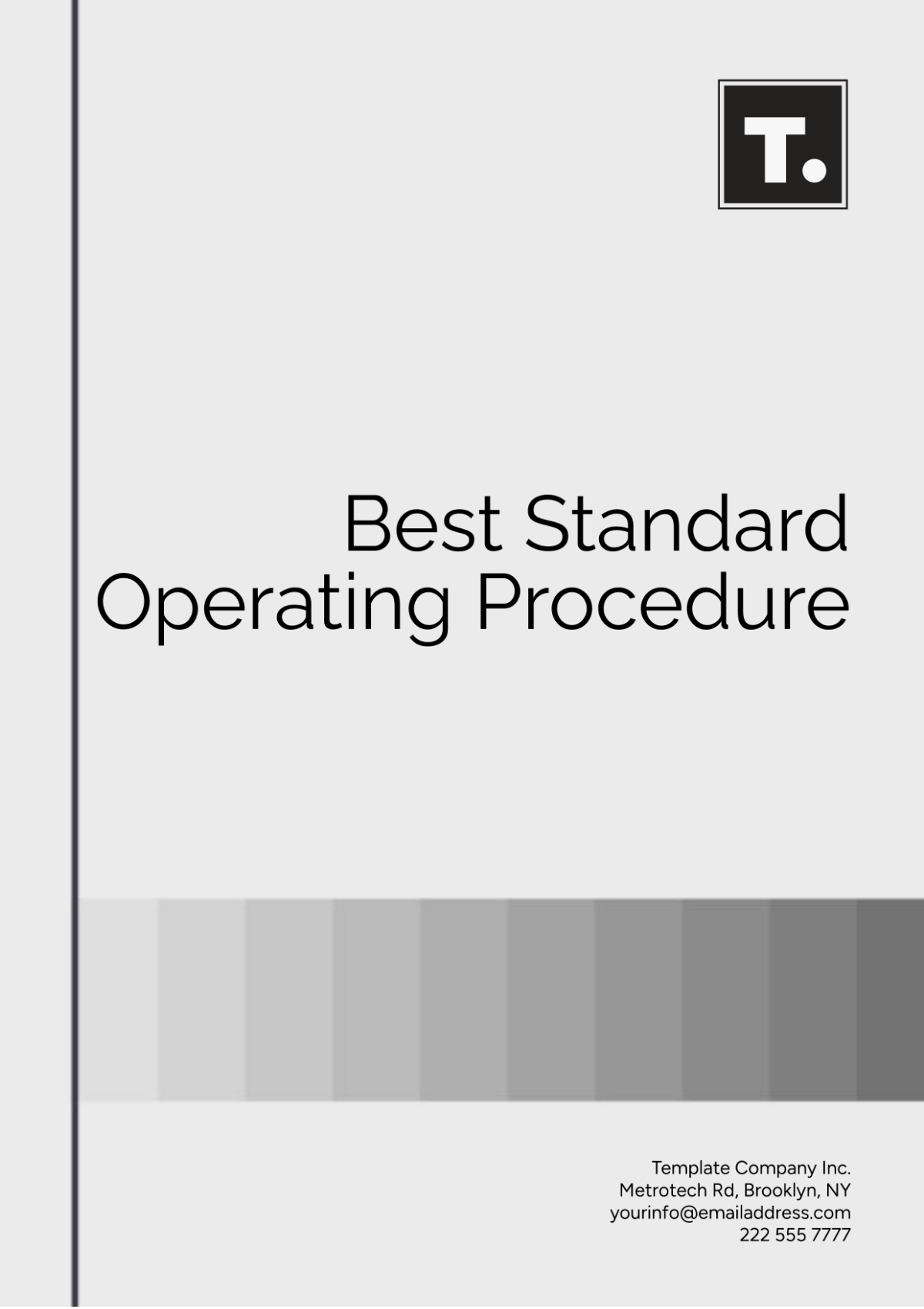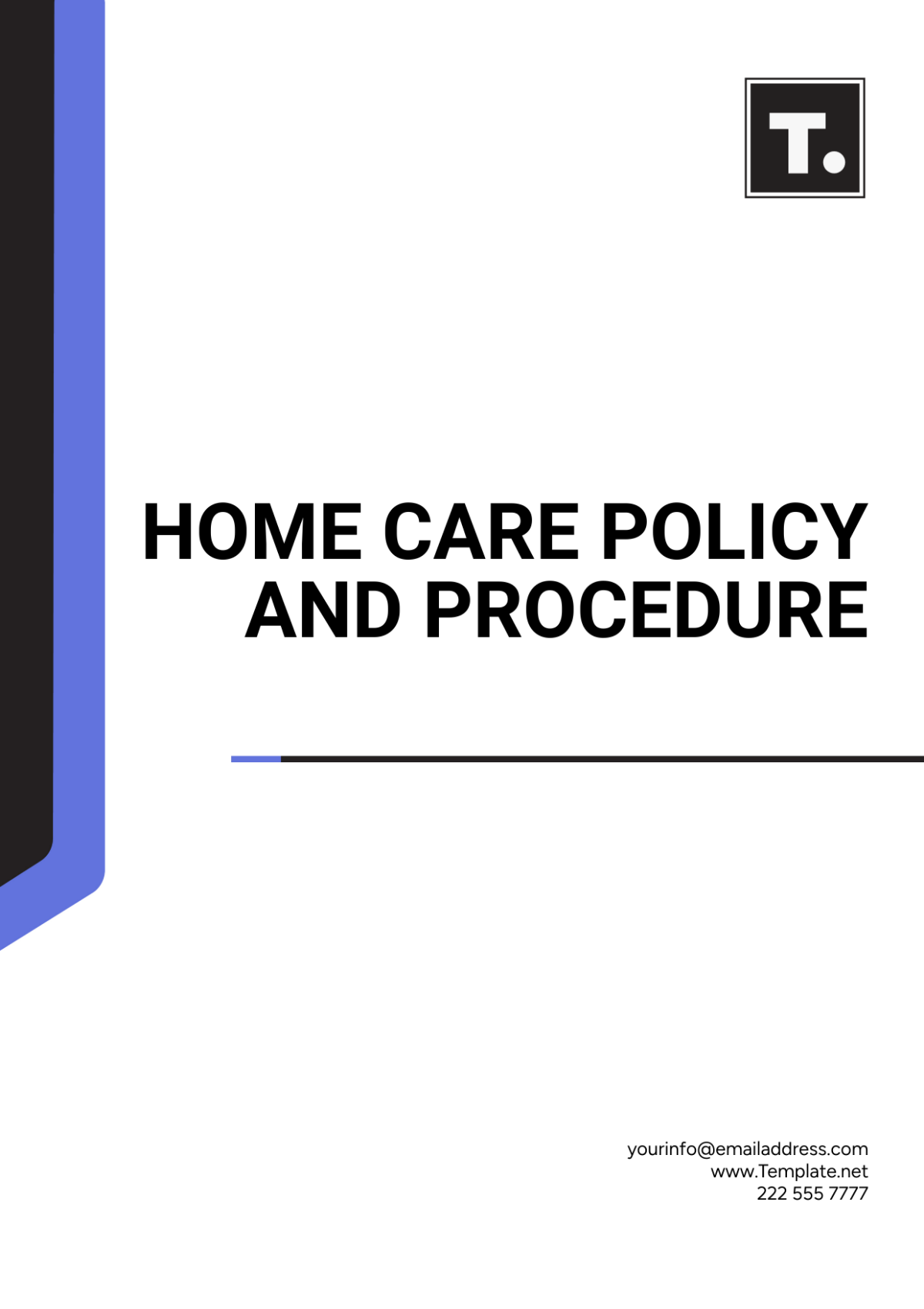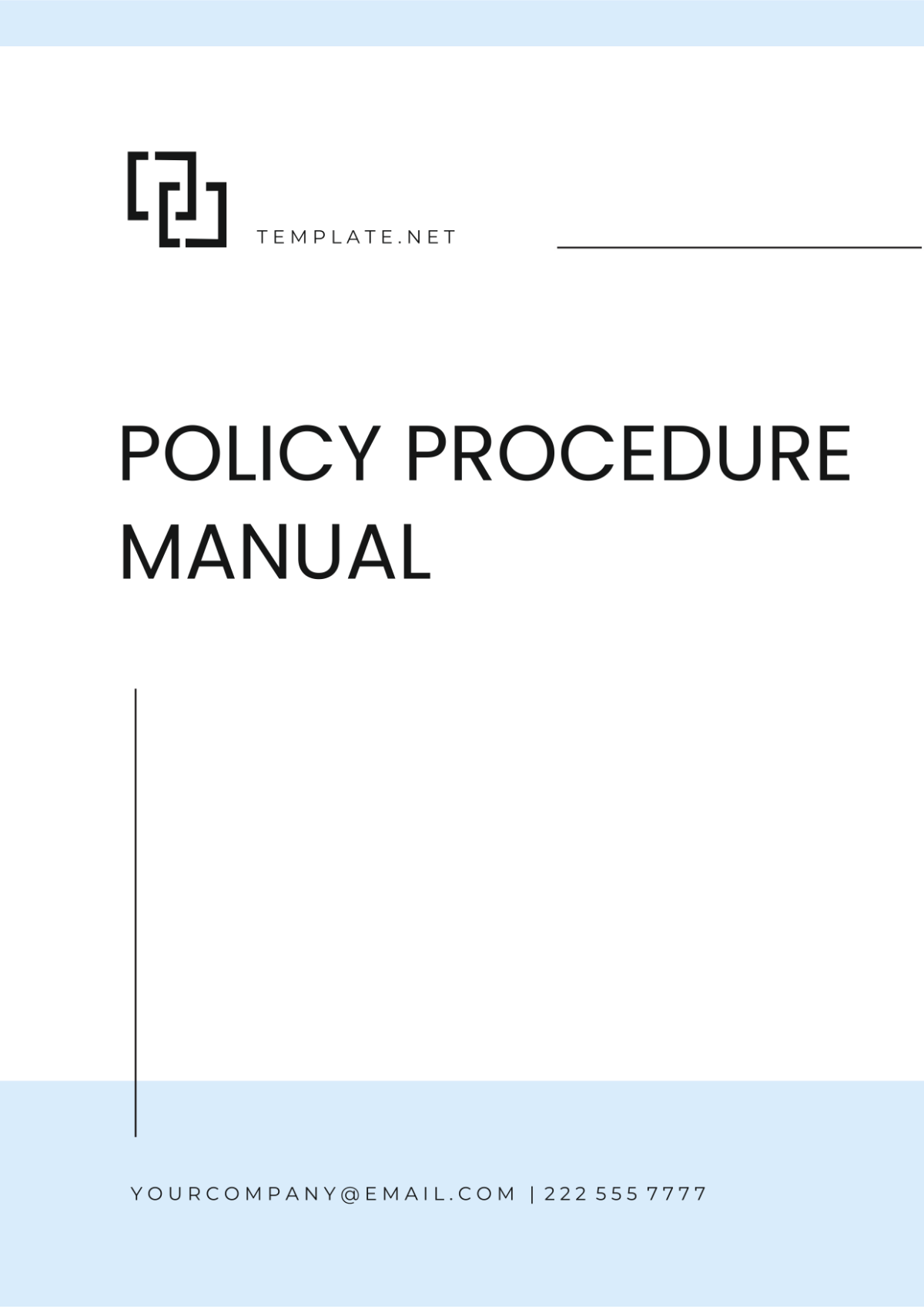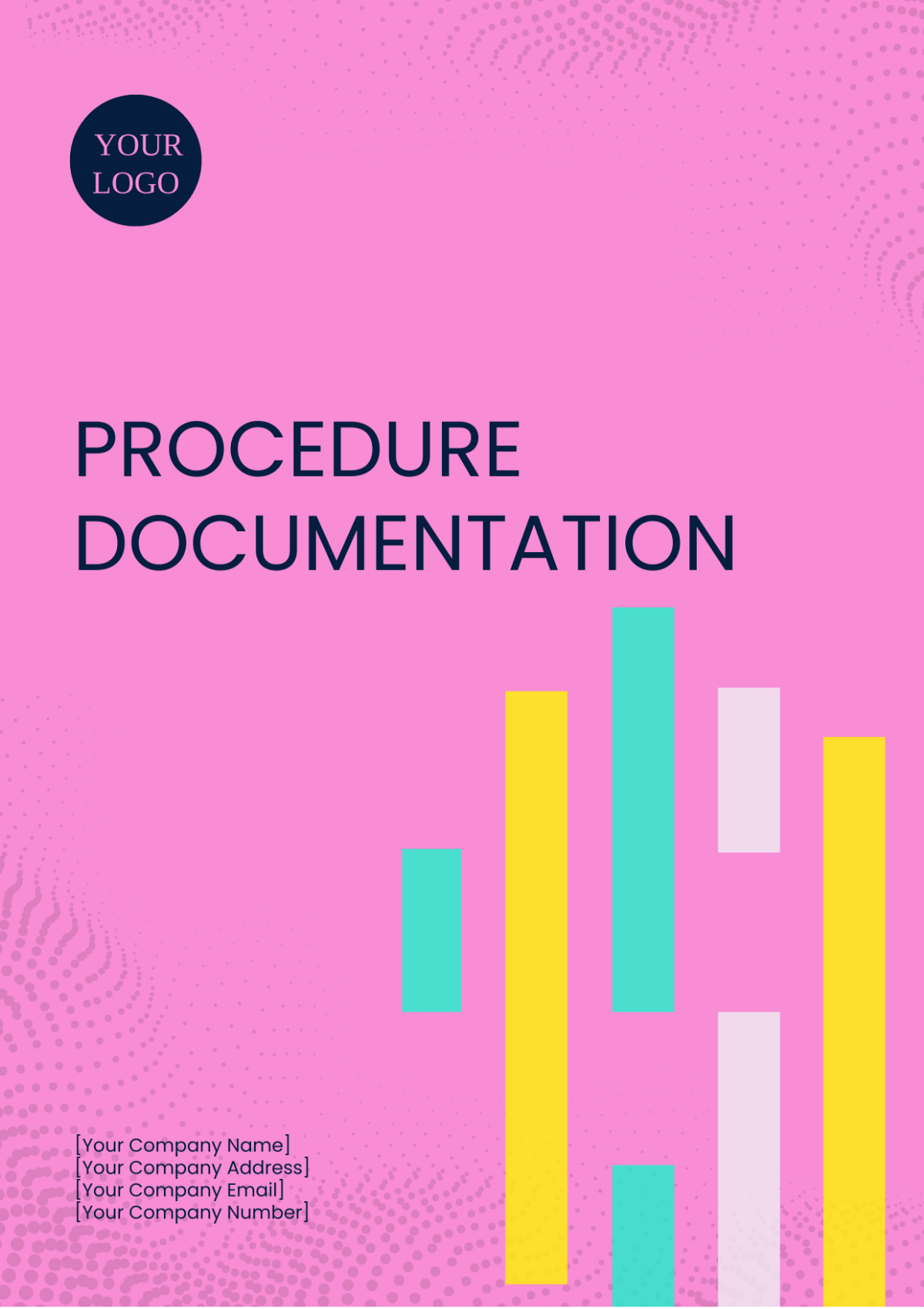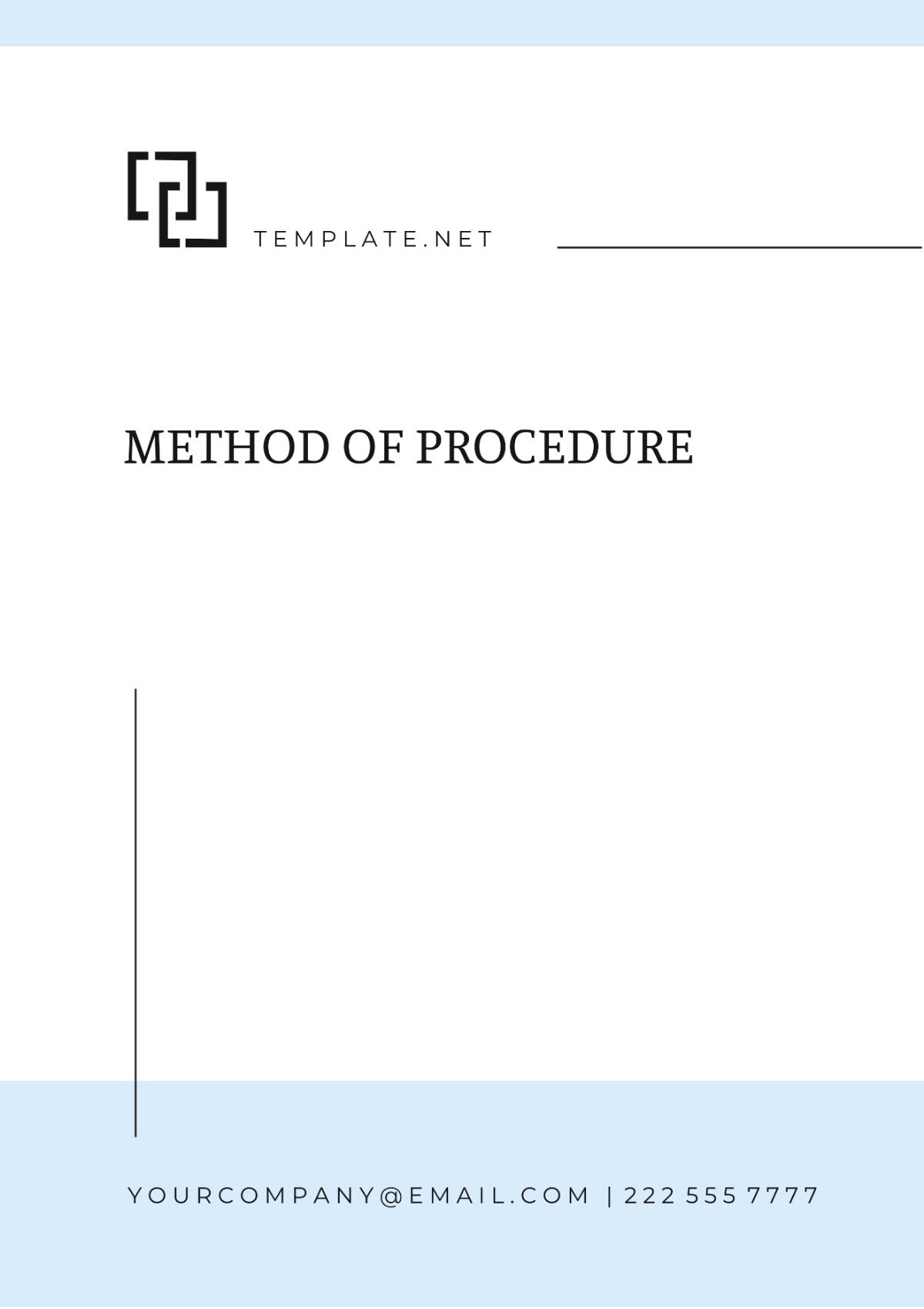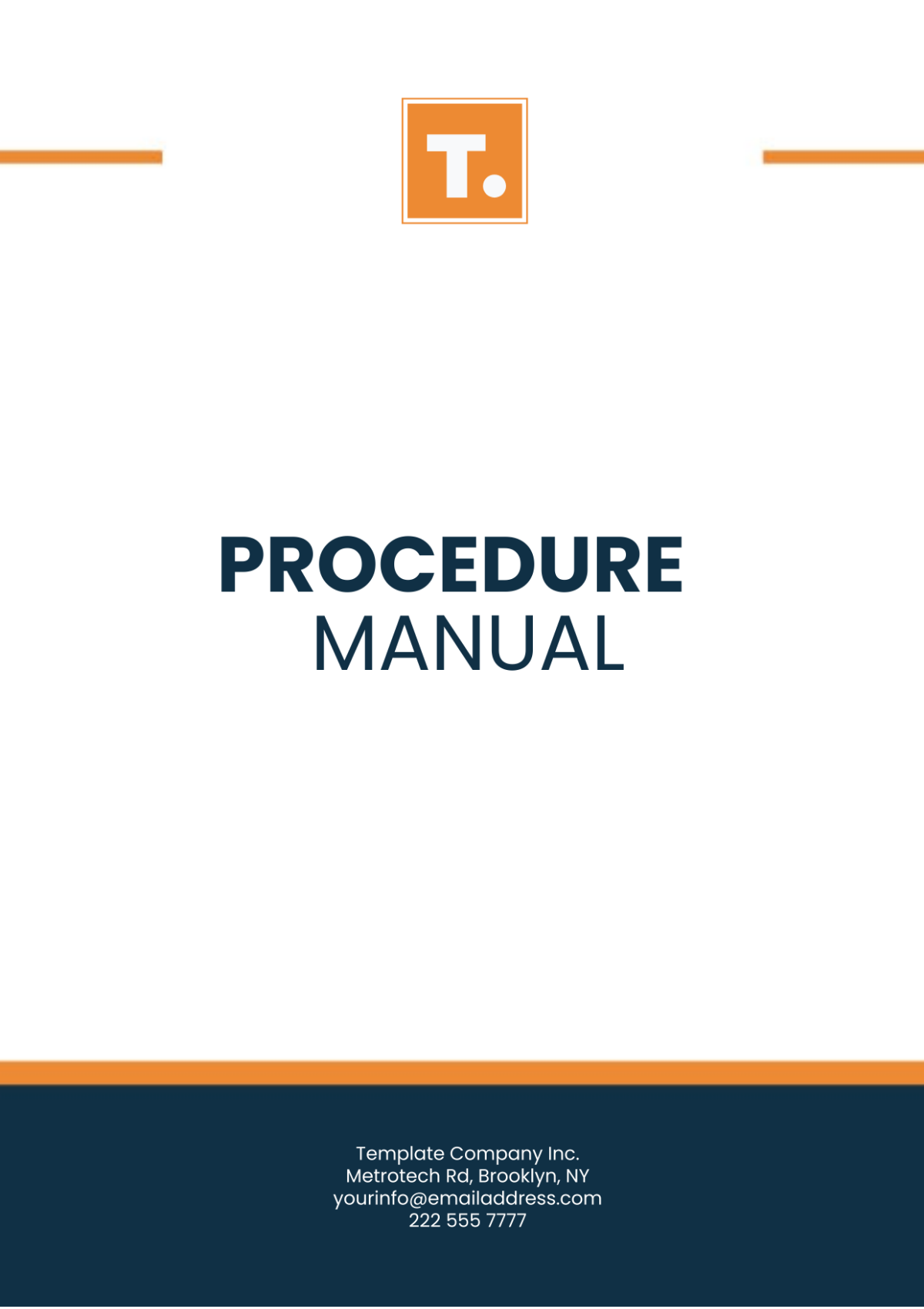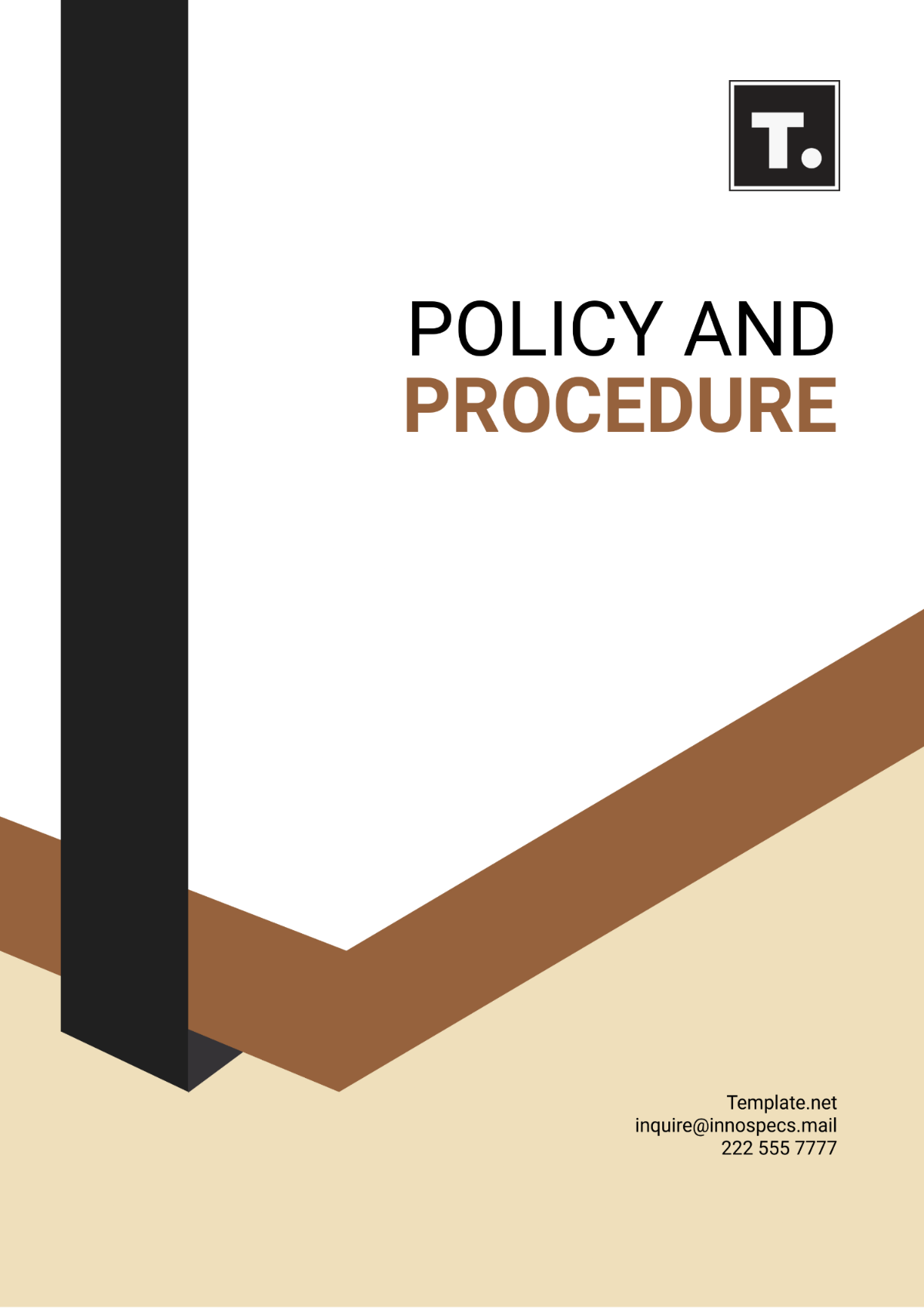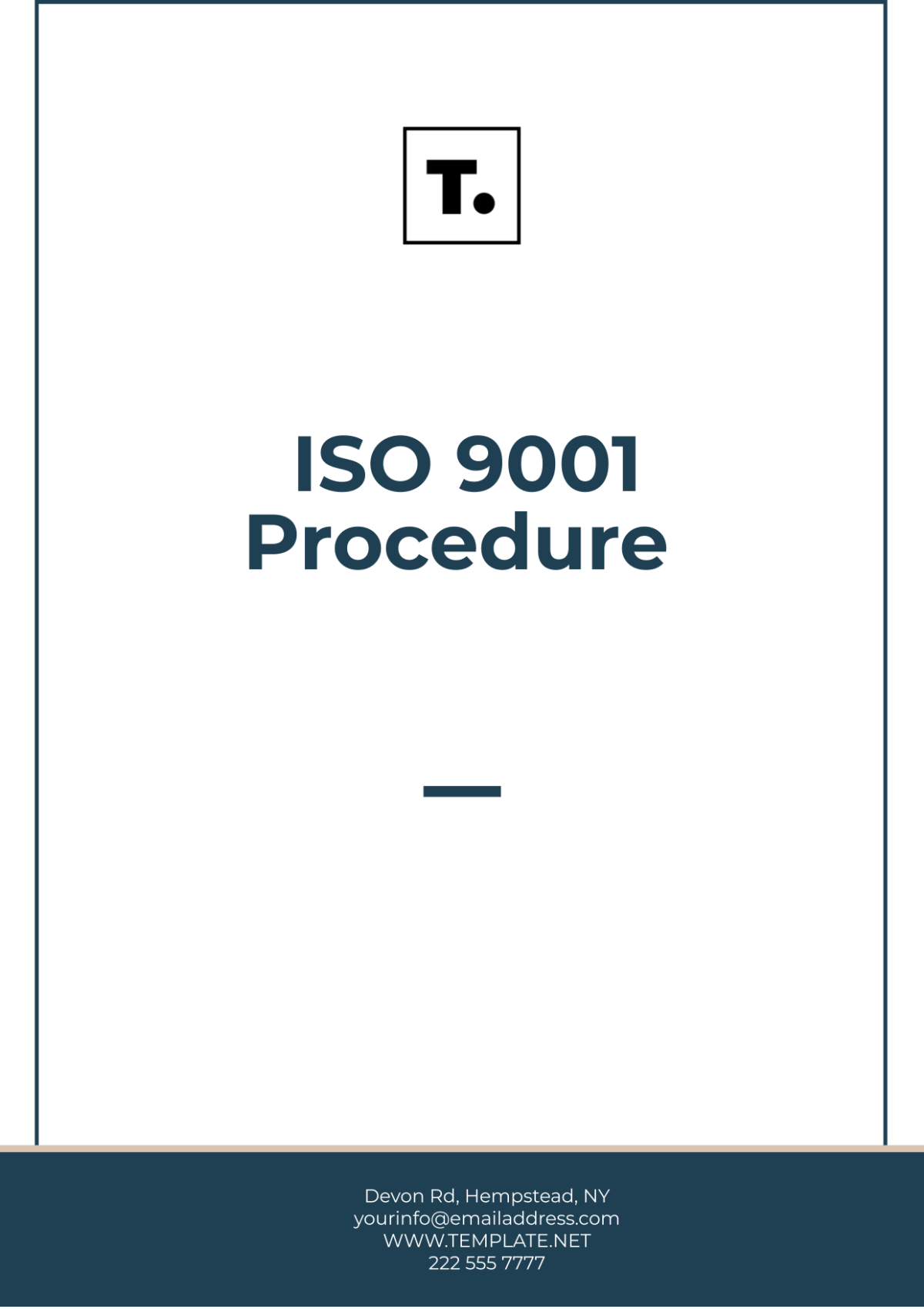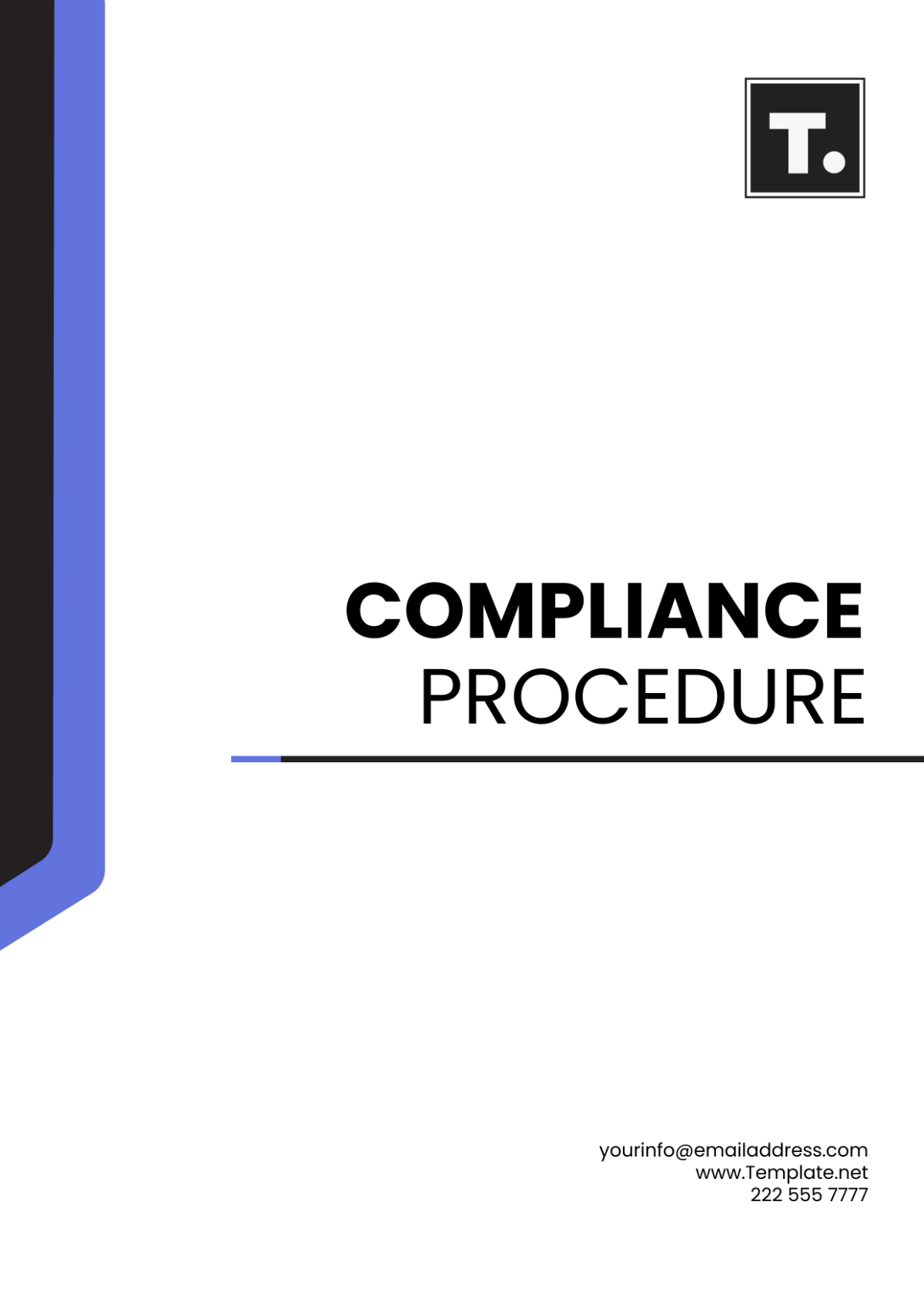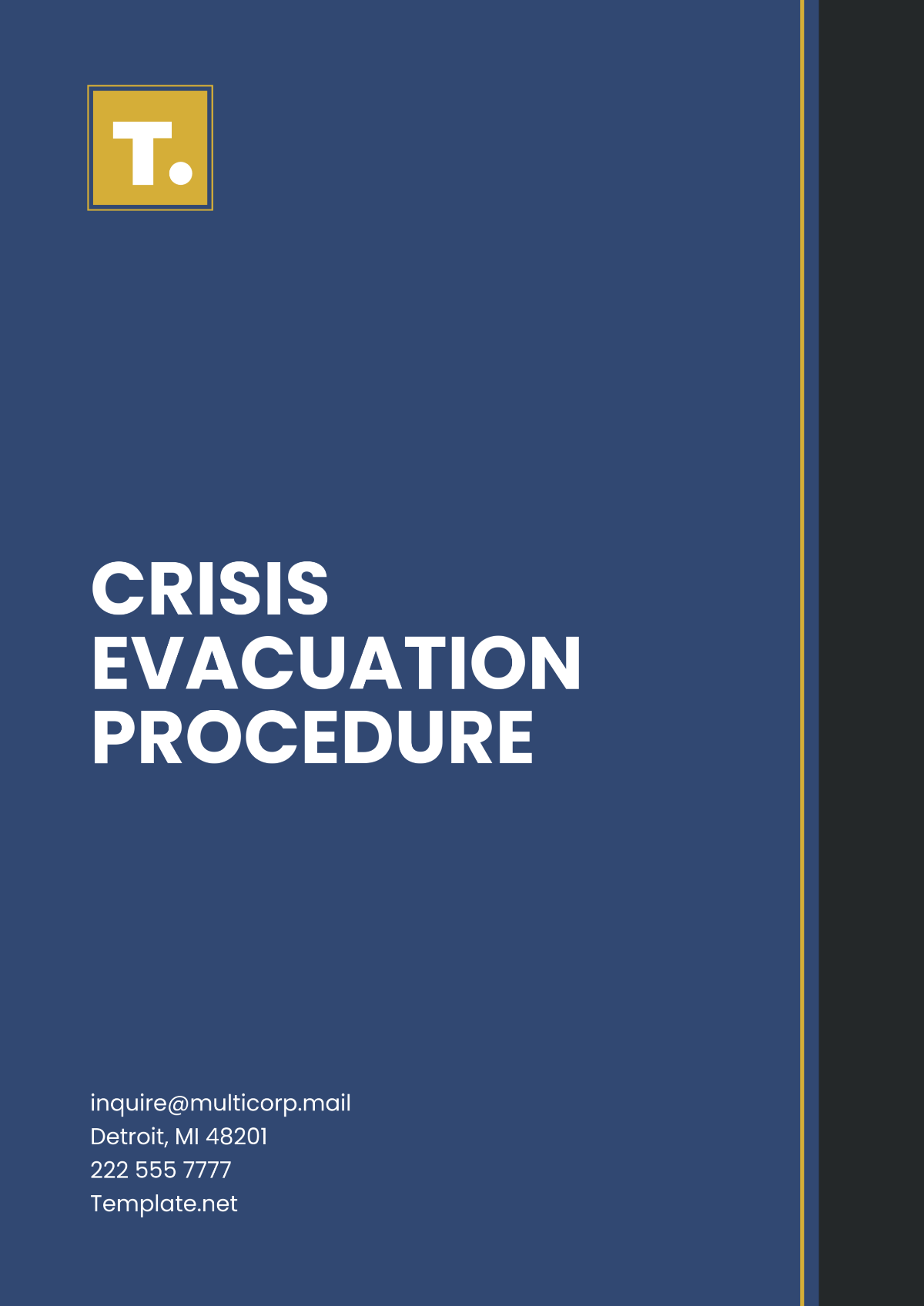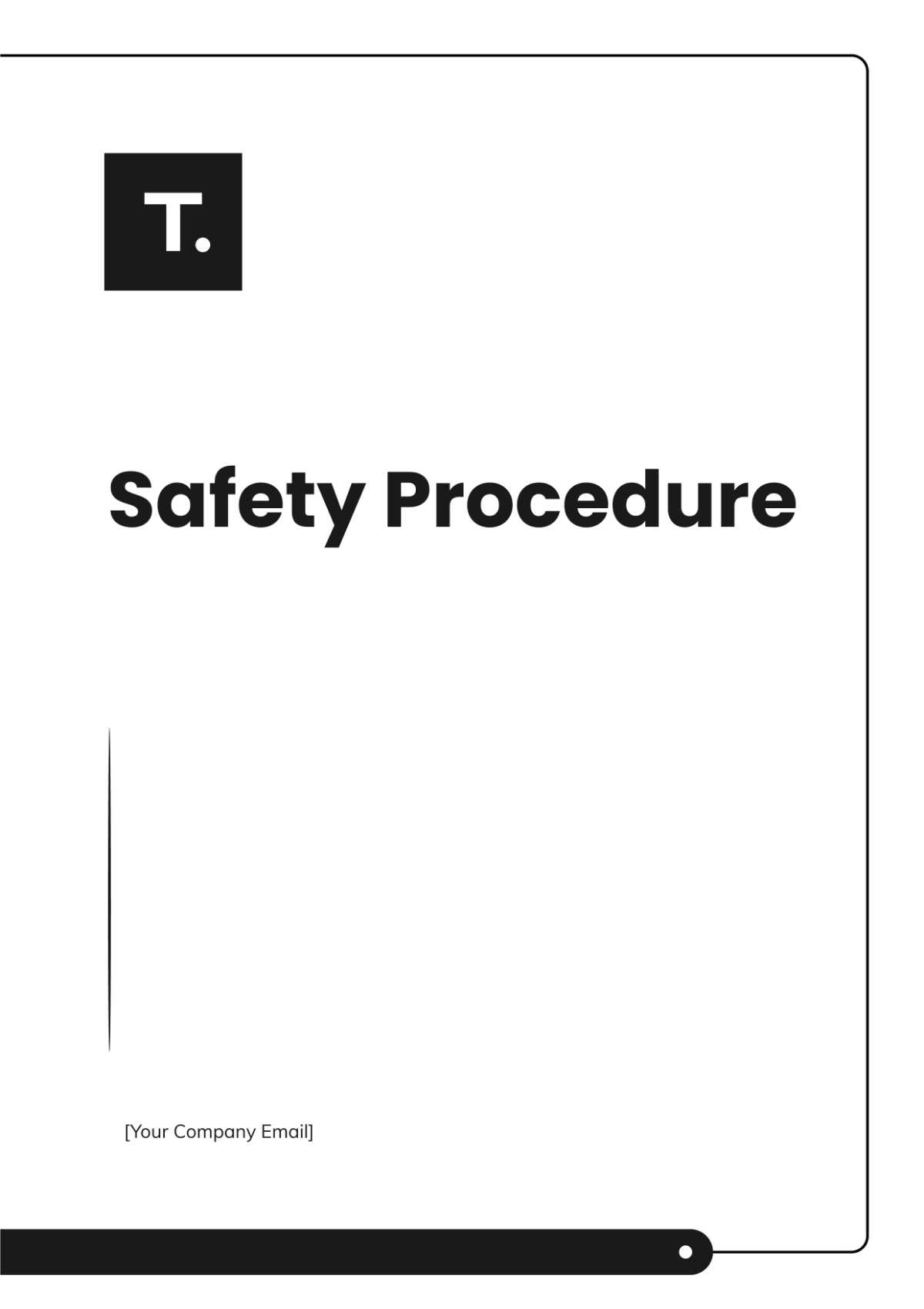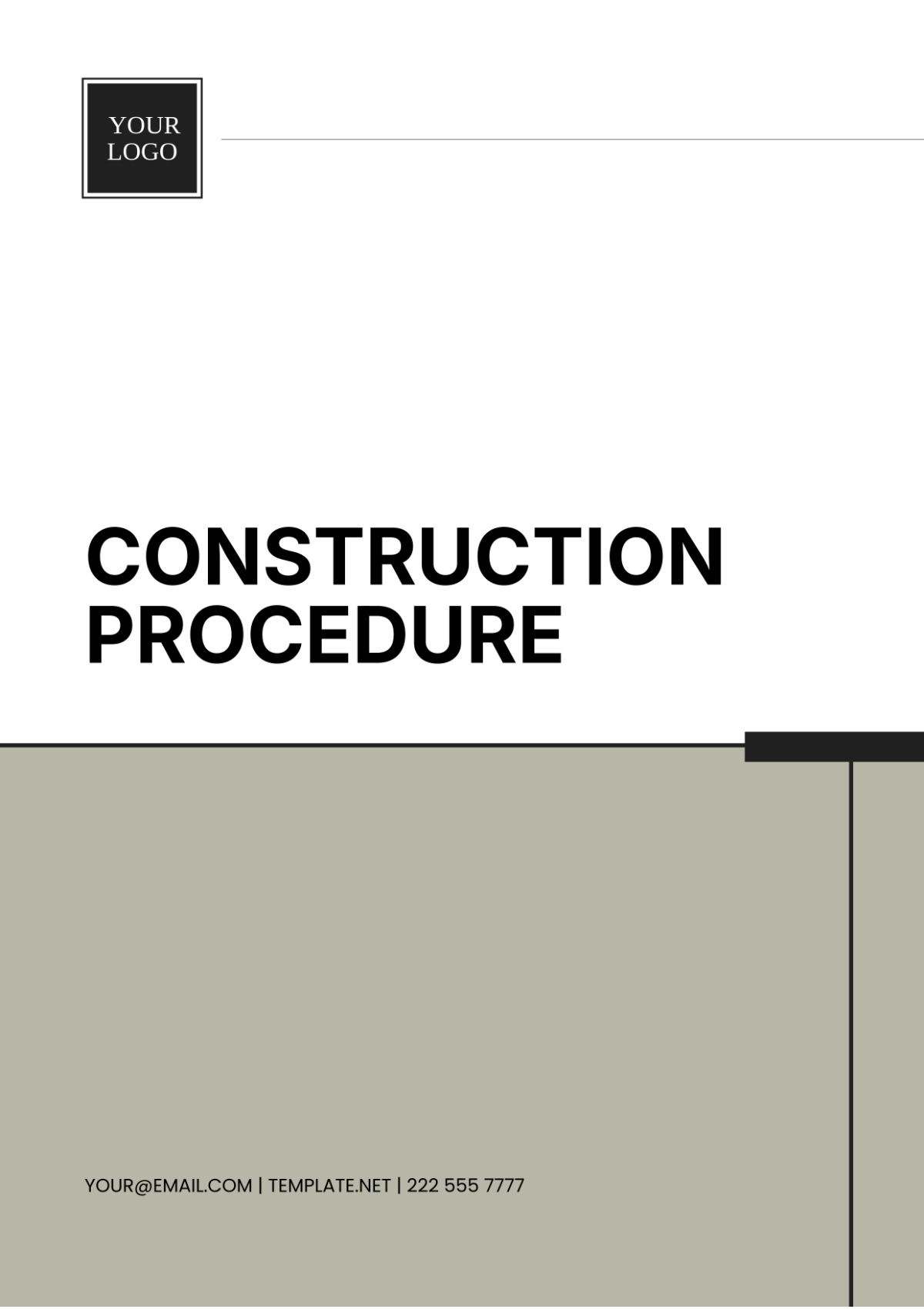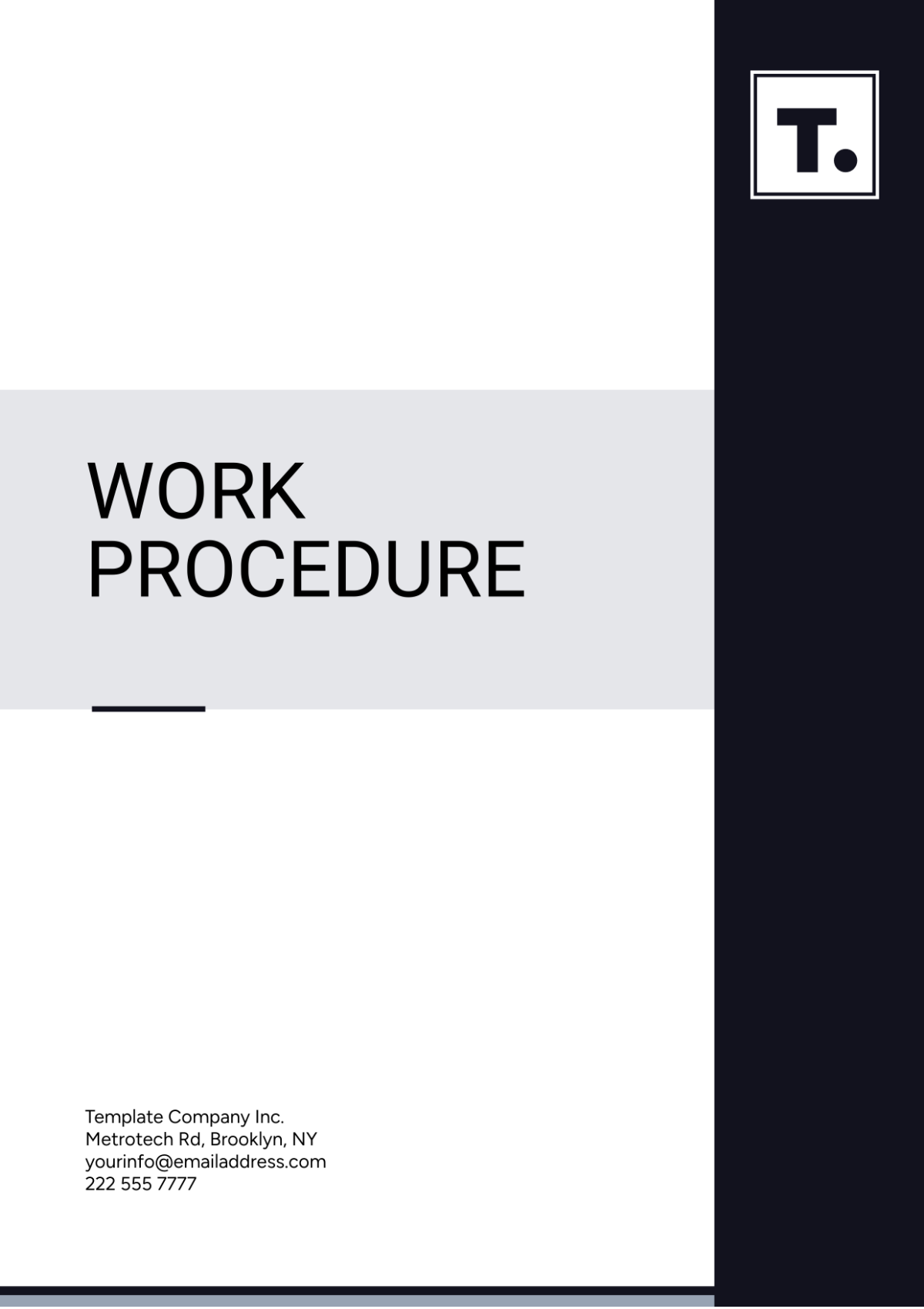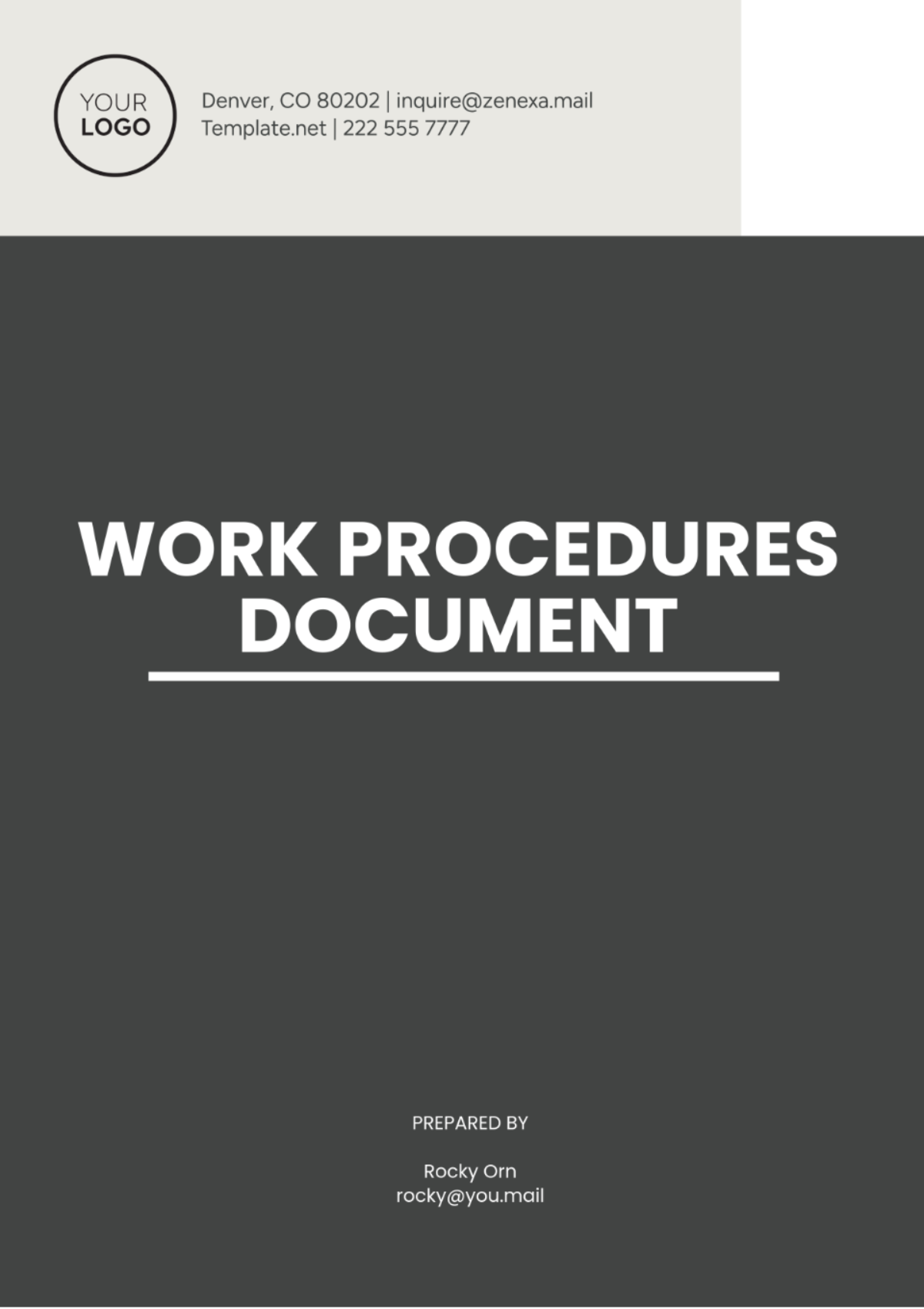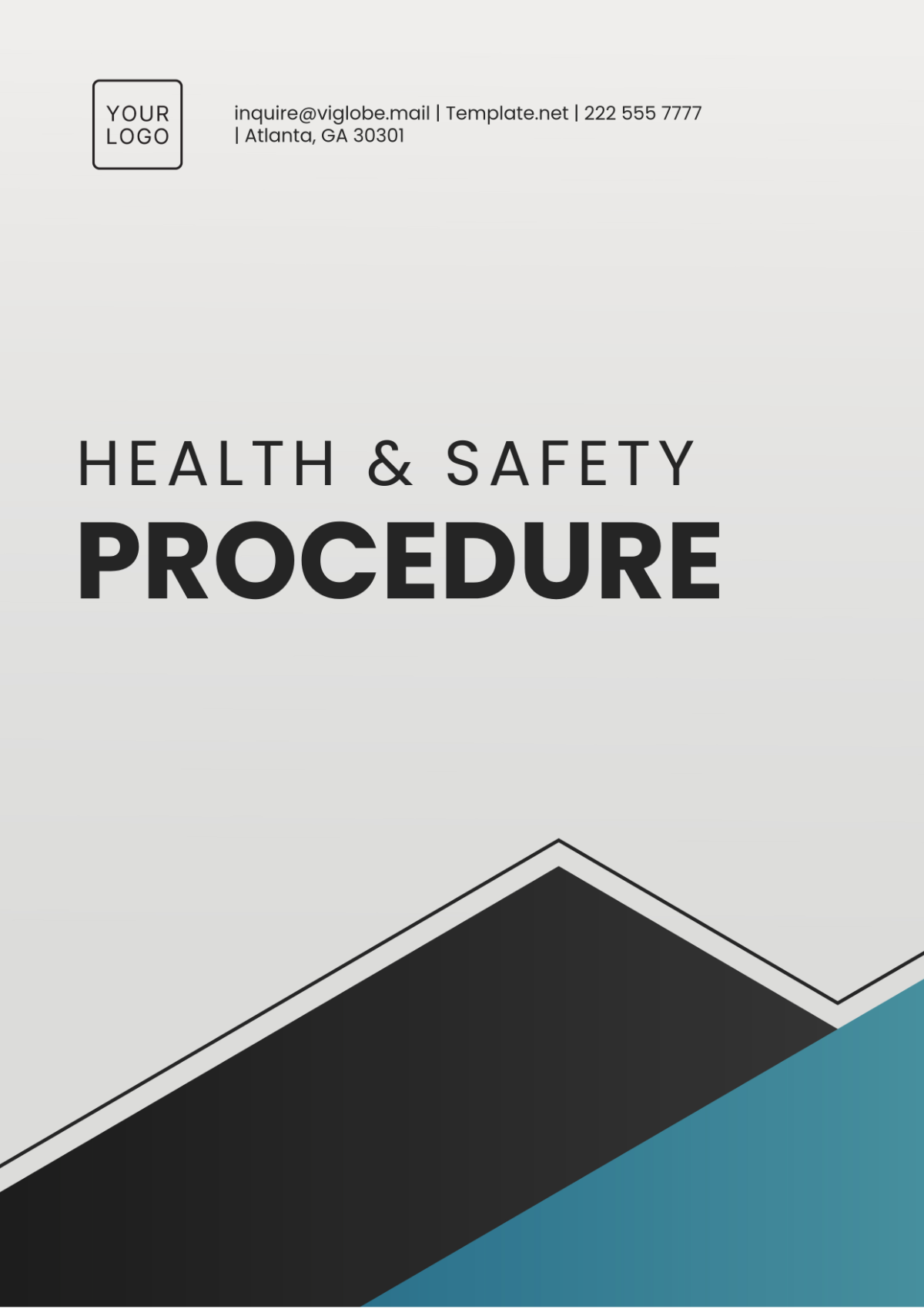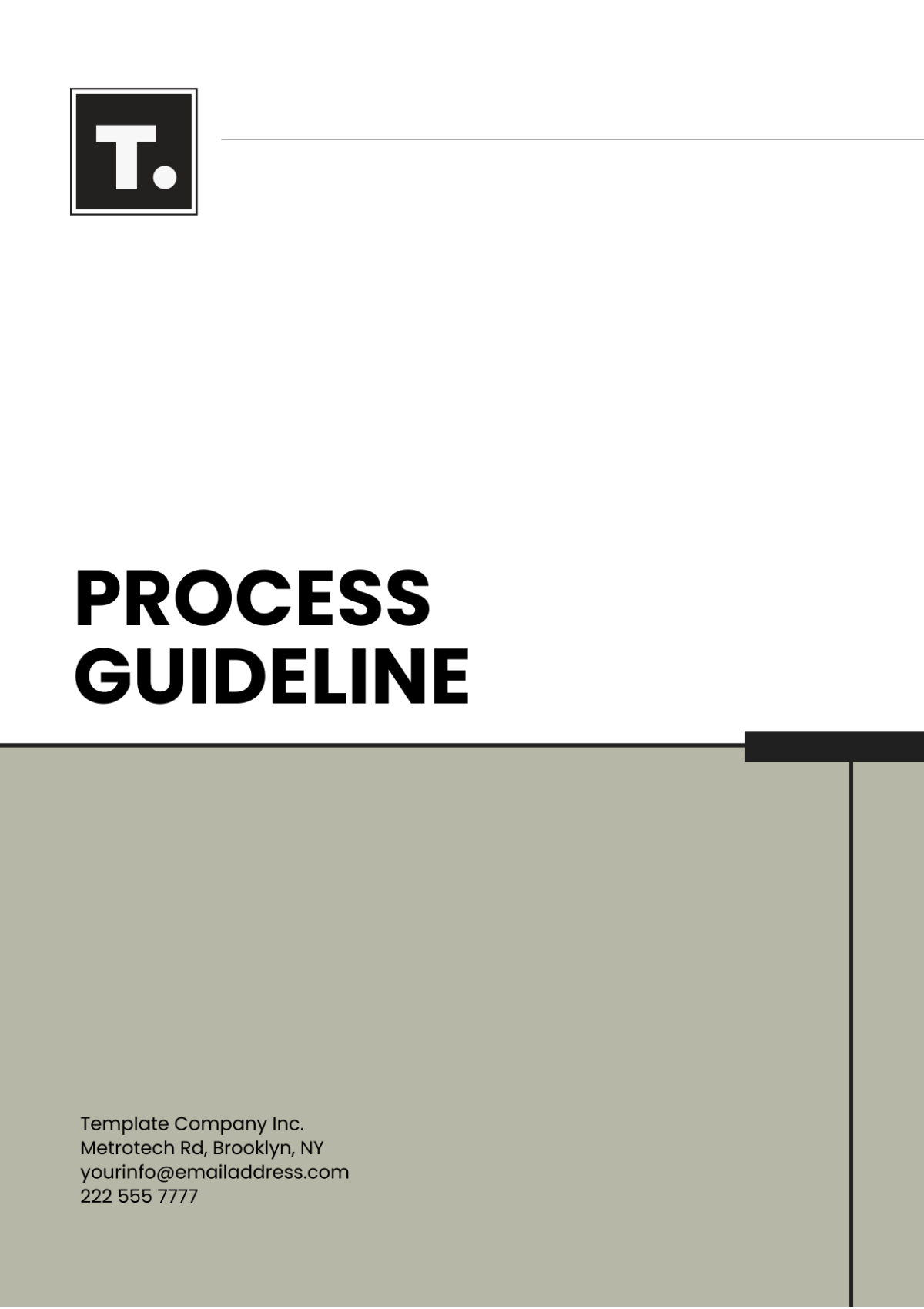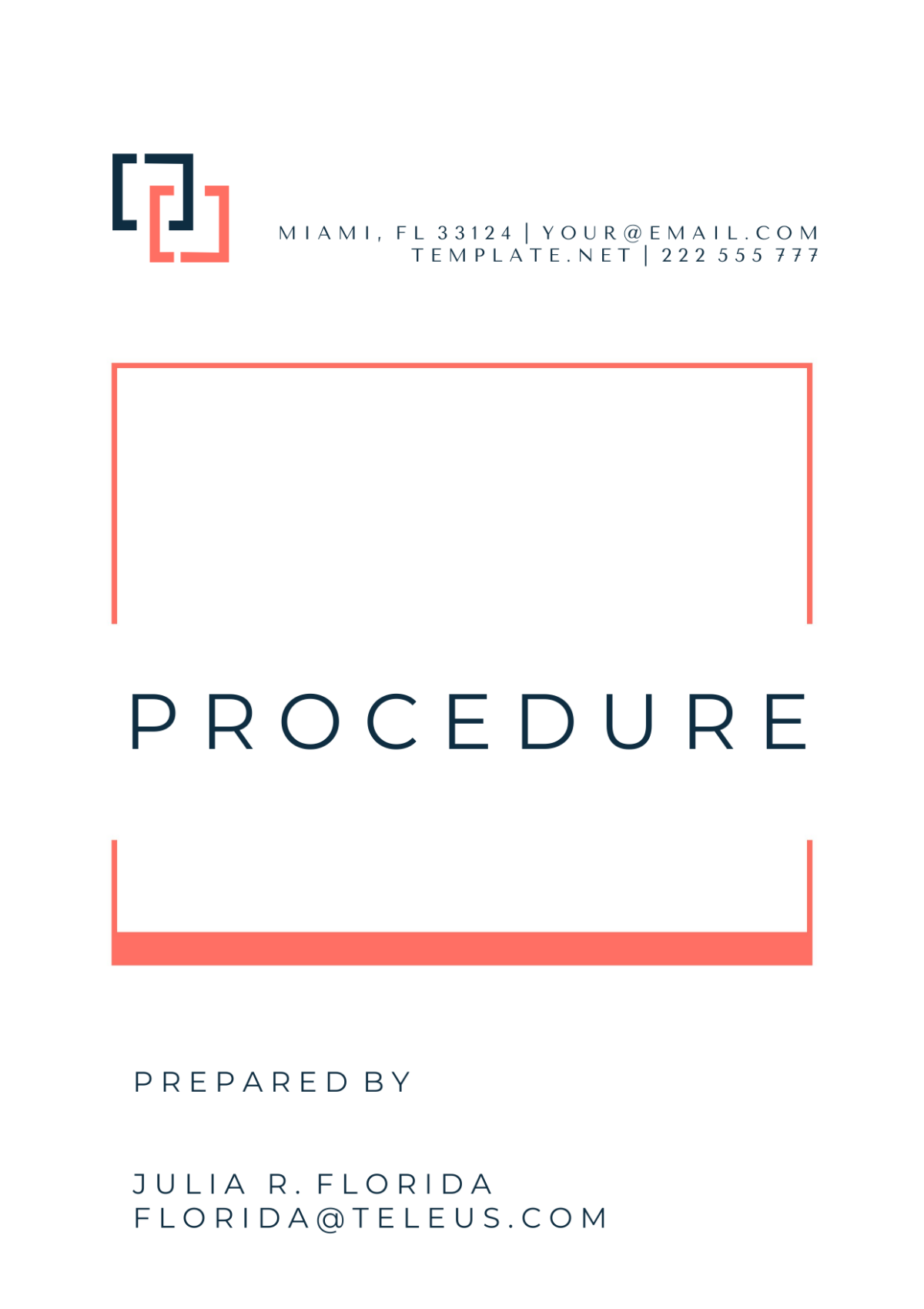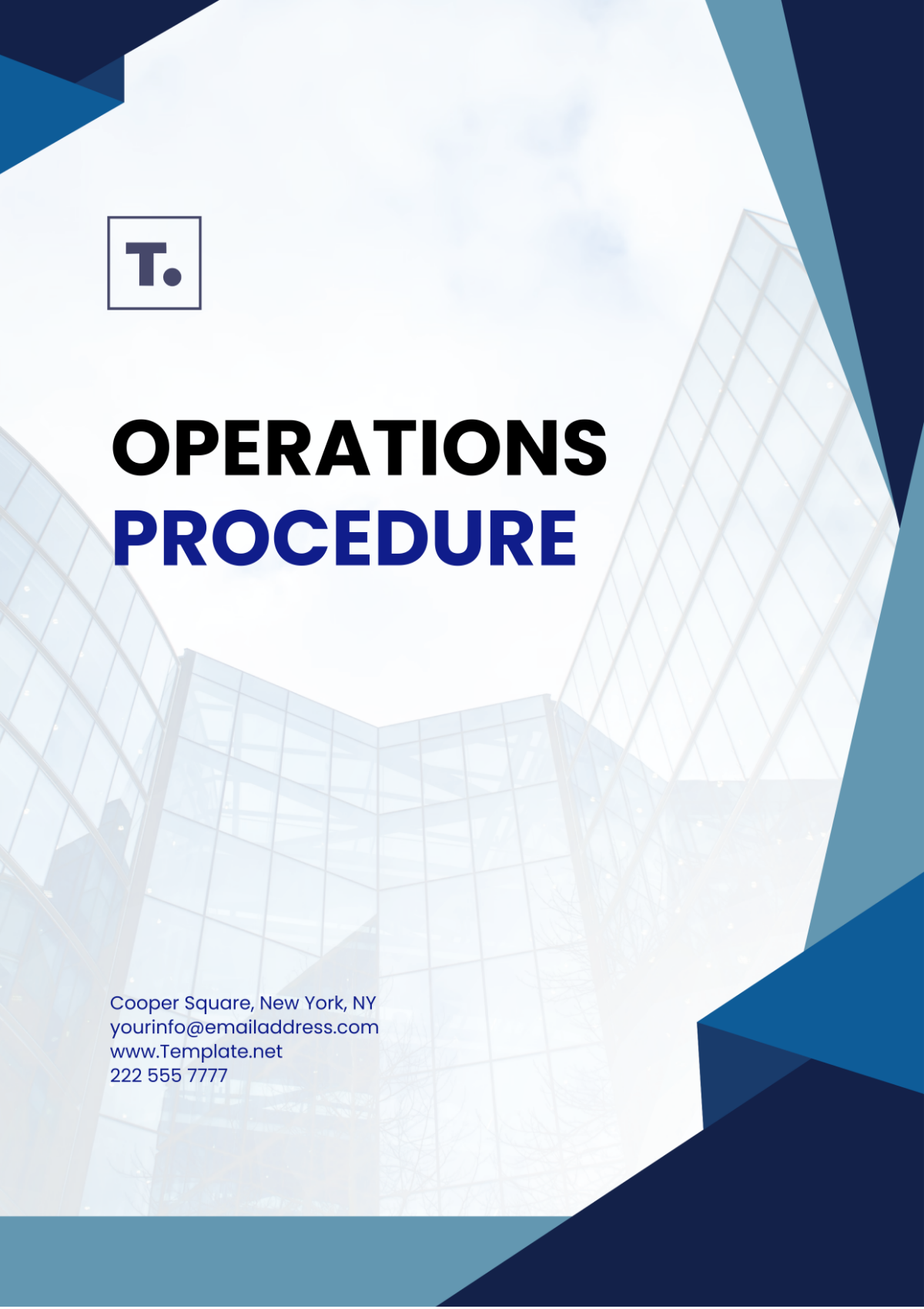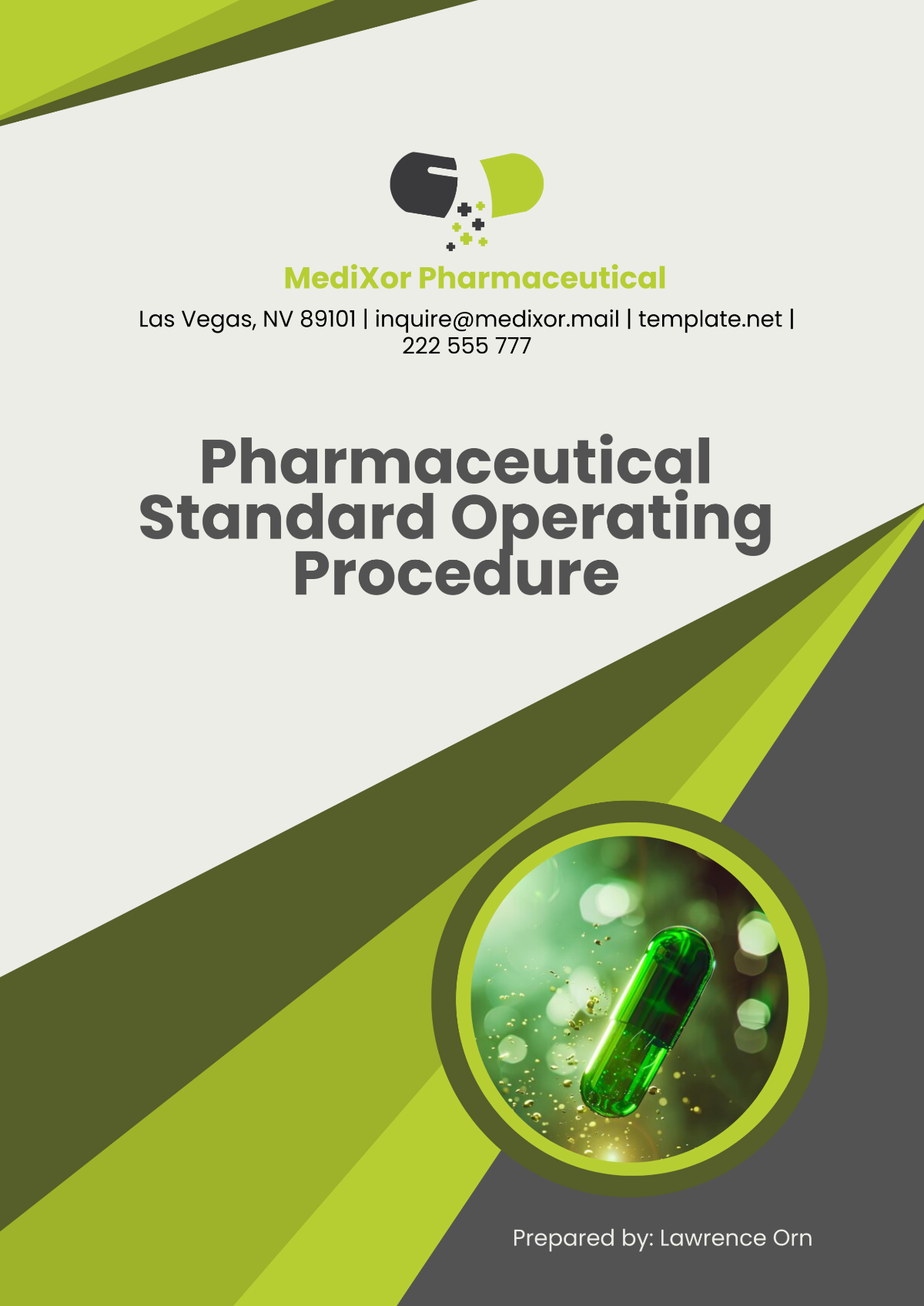Surgical Procedure Protocol Layout
Prepared by: [Your Name]
1. Pre-Operative Preparations
To ensure the success of the surgical procedure, pre-operative preparations are crucial. All steps must be meticulously followed:
Patient Assessment
Pre-operative Testing
Informed Consent
Skin Preparation
These steps include assessing the patient's medical history, conducting necessary pre-operative tests, obtaining informed consent, and preparing the surgical site.
2. Patient Positioning
Proper patient positioning is essential for both the effectiveness of the surgery and the safety of the patient. Positioning will vary based on the type of surgery being performed:
Type of Surgery | Position |
|---|---|
Abdominal Surgery | Supine Position |
Spinal Surgery | Prone Position |
Thoracic Surgery | Lateral Position |
3. Sterilization and Infection Control
Sterilization procedures must be adhered to rigorously to prevent infections and ensure a sterile operating environment:
Hand Washing
Use of Sterile Gloves
Sterilization of Instruments
Disinfection of Operating Room
All surgical instruments must be sterilized, and the operating room environment must be disinfected before and after the procedure.
4. Anesthesia Administration
The type of anesthesia administered will depend on the surgical procedure. The anesthetist must:
Review patient's medical history
Select appropriate anesthesia method
Administer anesthesia and monitor patient
Proper monitoring of the patient's vitals is crucial throughout the surgery.
5. Surgical Procedure
During the surgical procedure, the following protocols should be observed:
Verification of Patient Identity
Time-out to confirm surgical site and procedure
Performance of the surgery according to established guidelines
Proper documentation of surgical steps and observations
6. Post-Operative Care
Post-operative care is crucial for patient recovery and includes the following:
Monitoring Vital Signs
Pain Management
Wound Care
Physical Therapy
Ensure that patients receive the necessary follow-up care and instructions for home care to promote healing and prevent complications.

